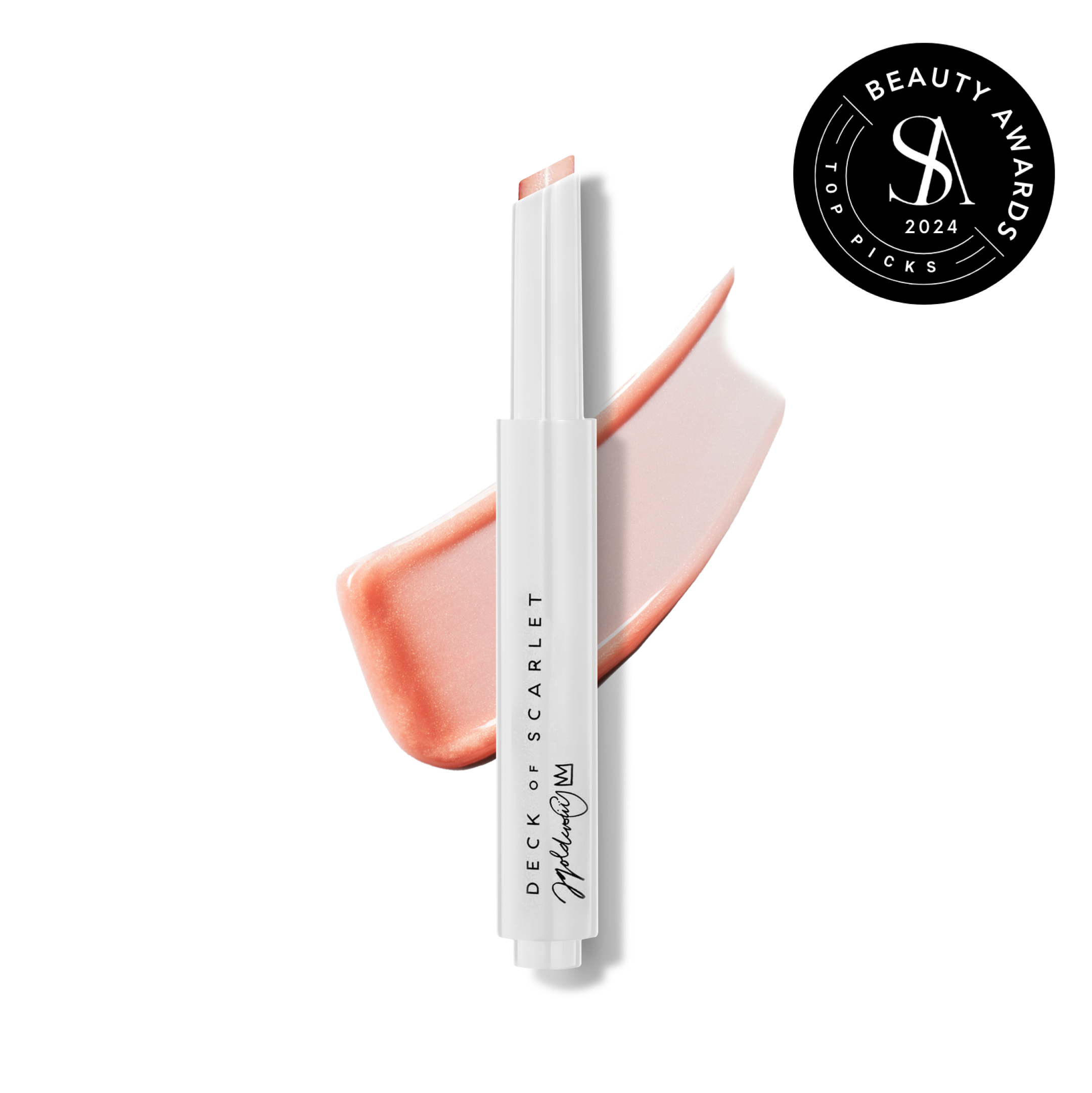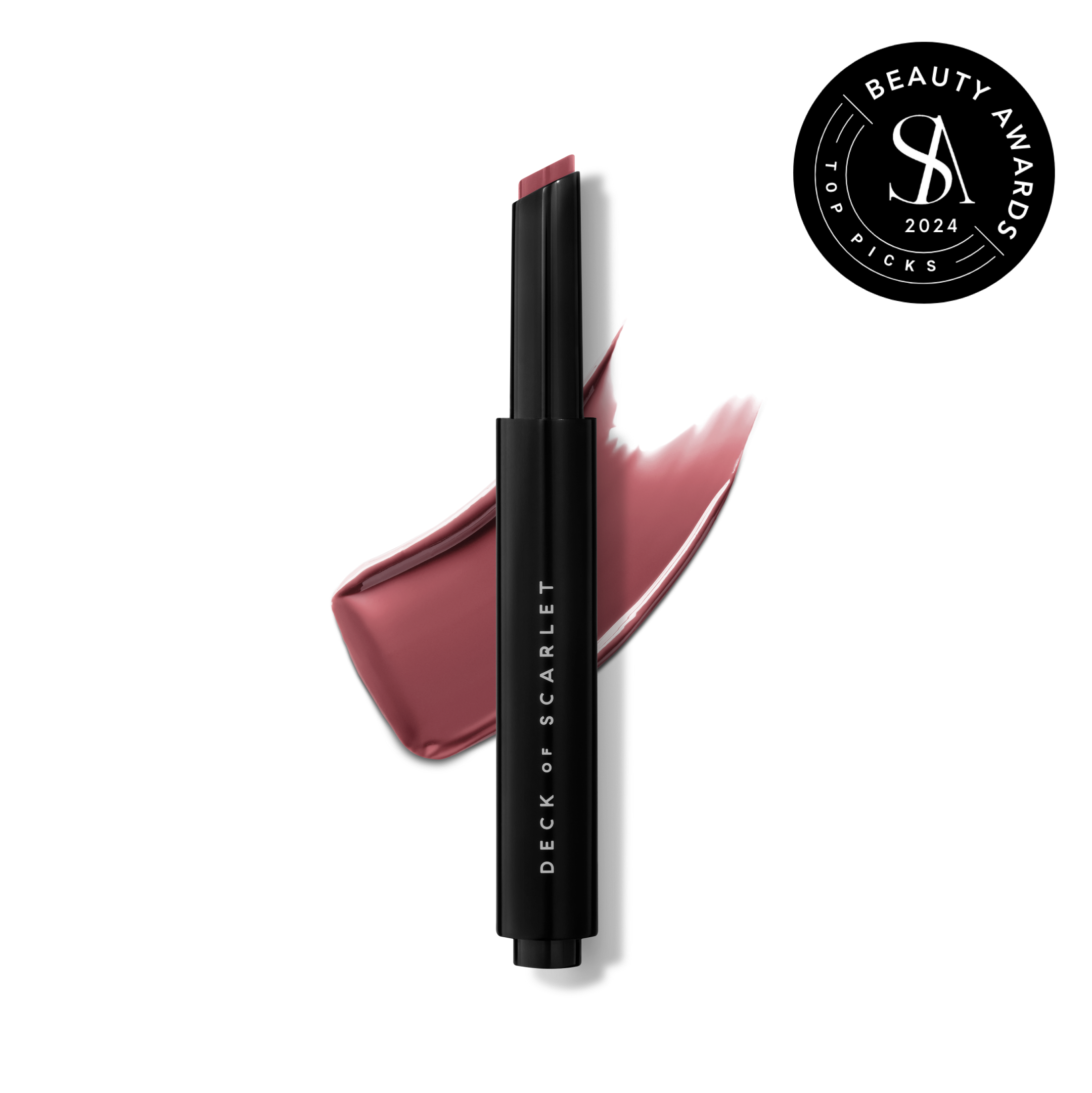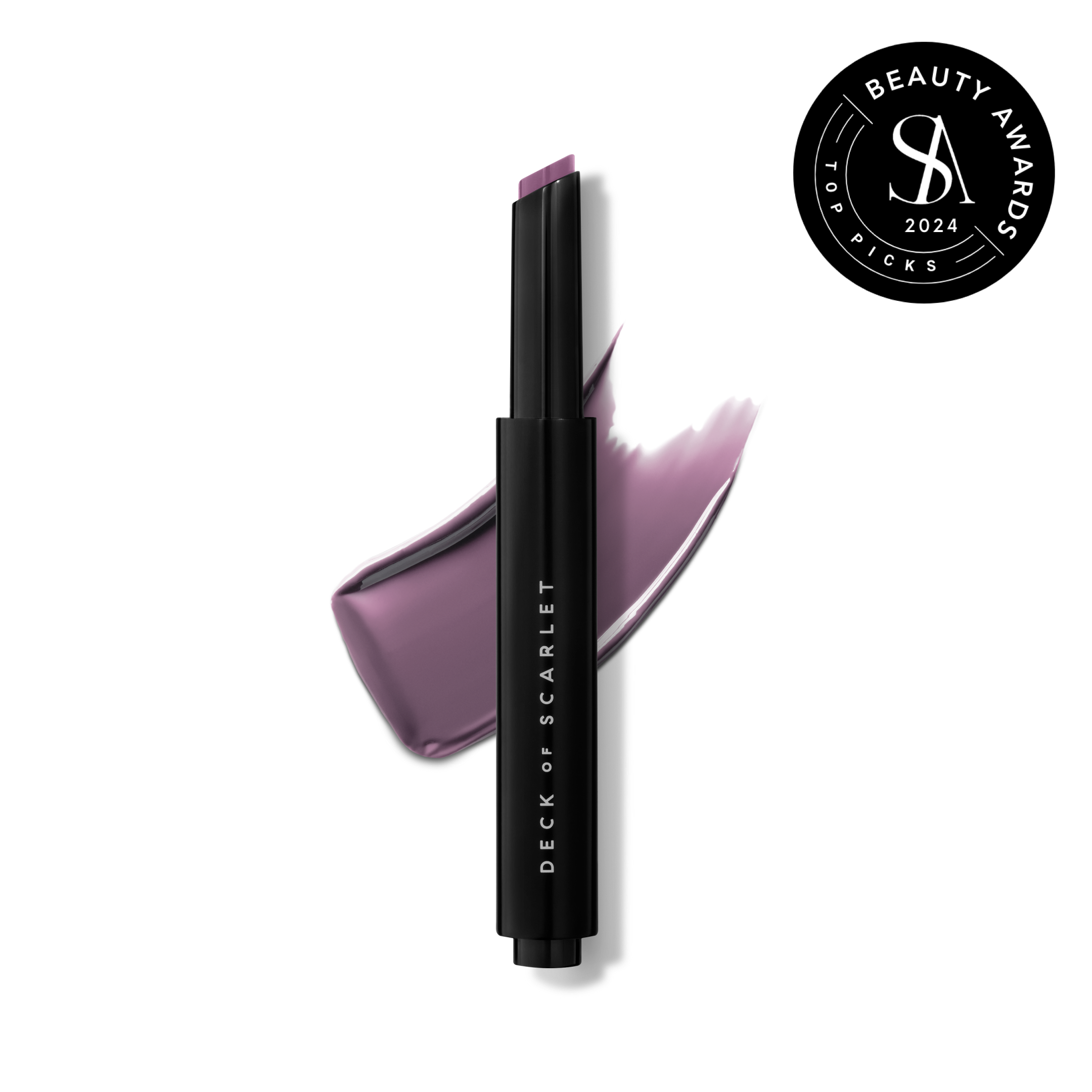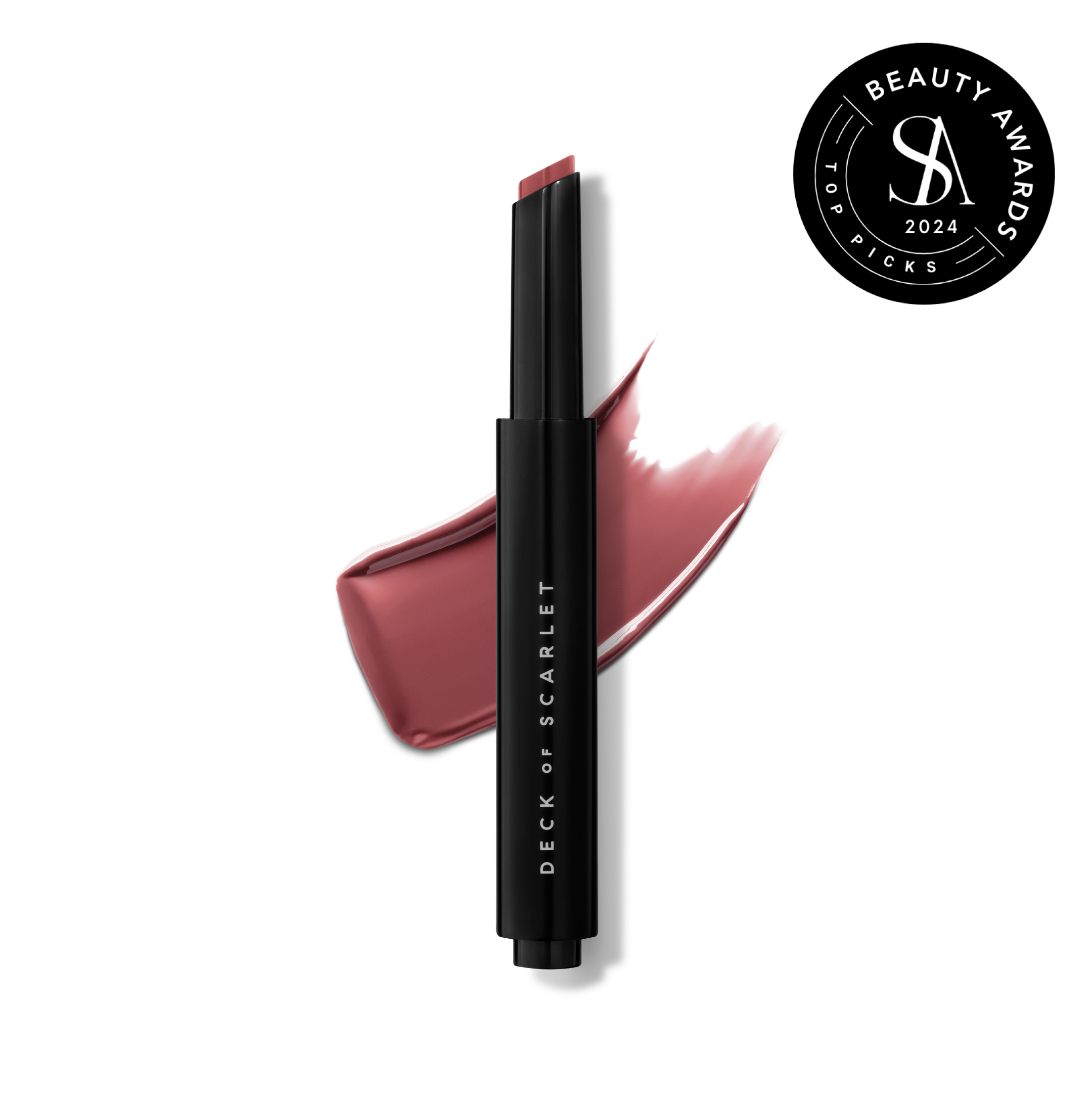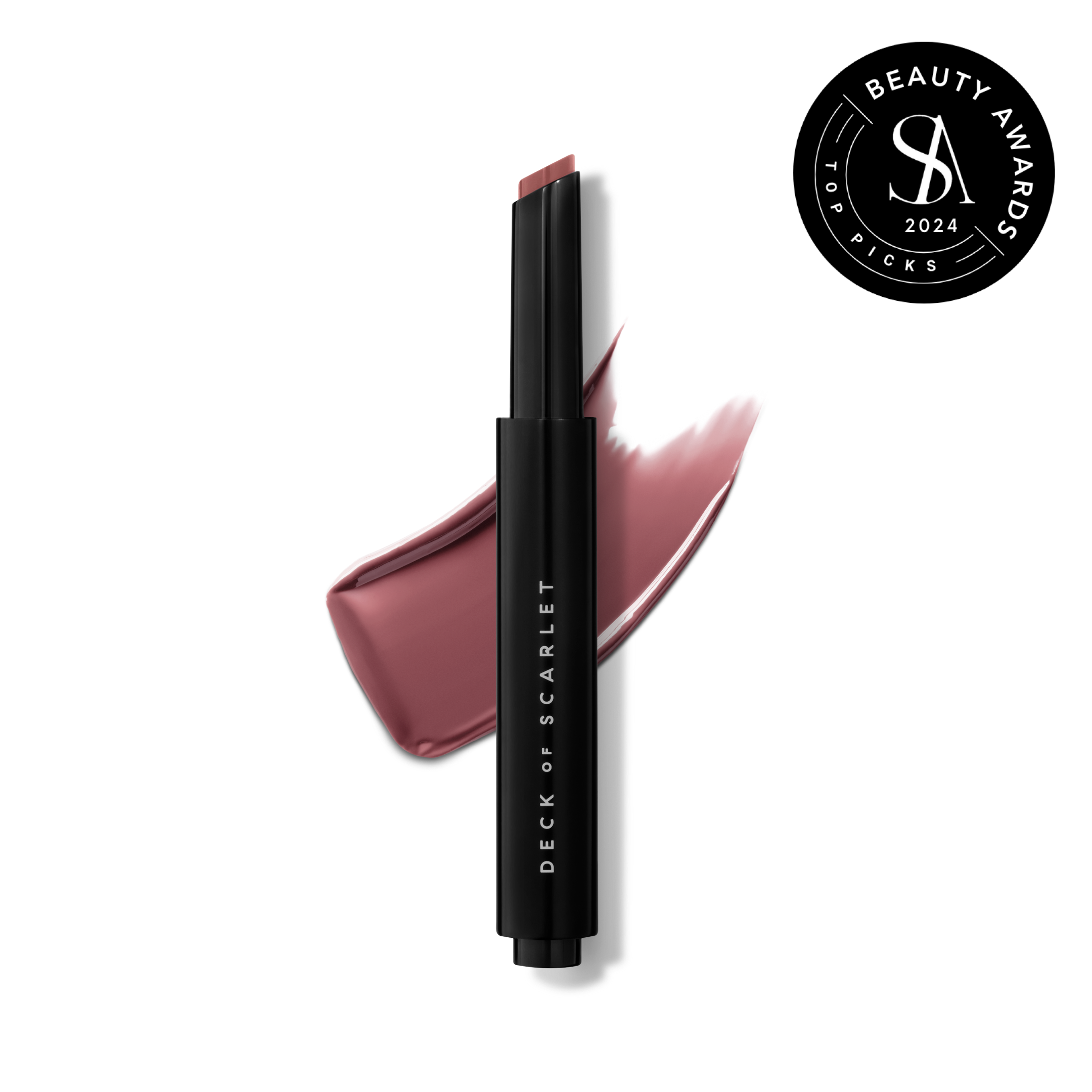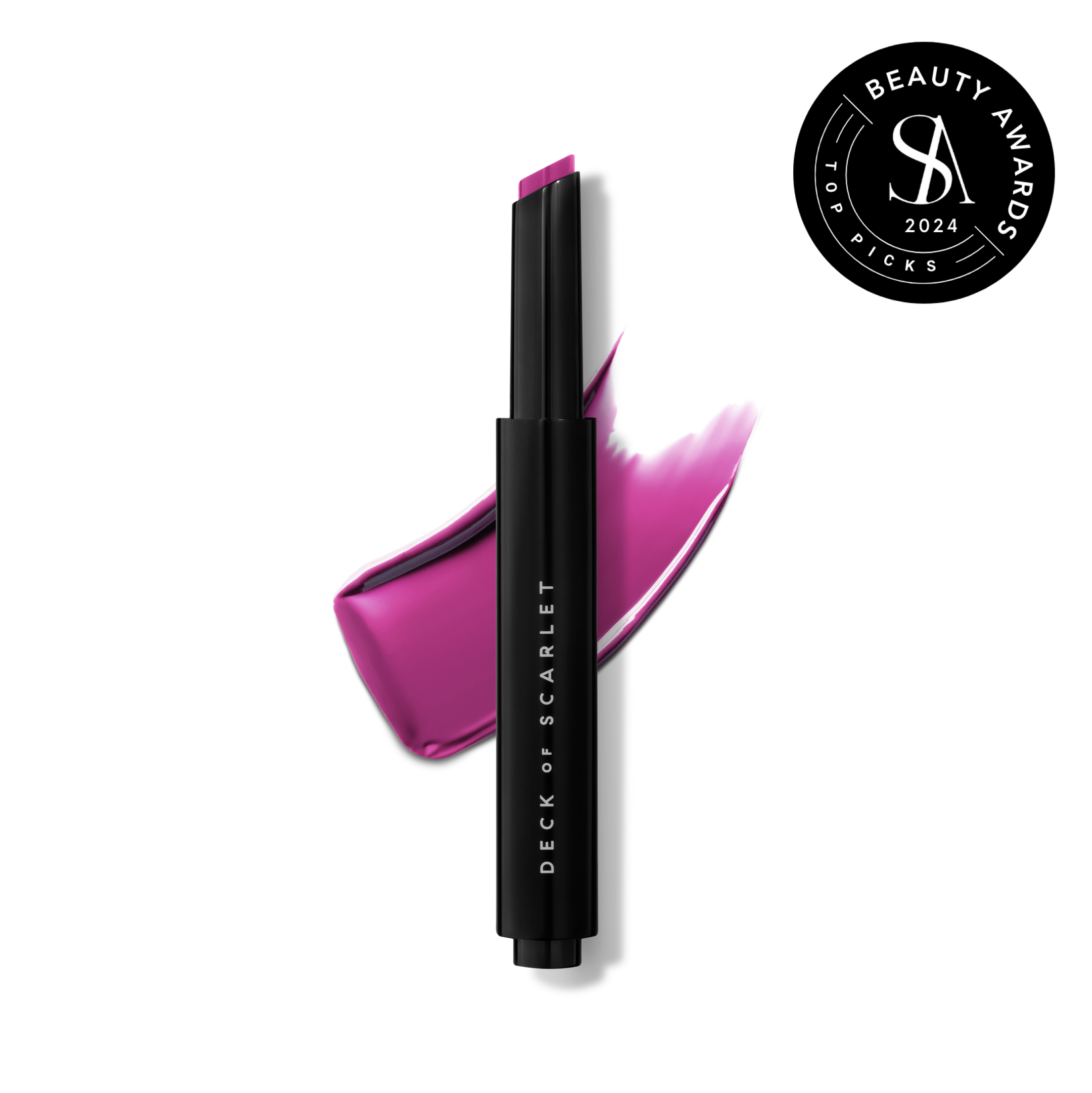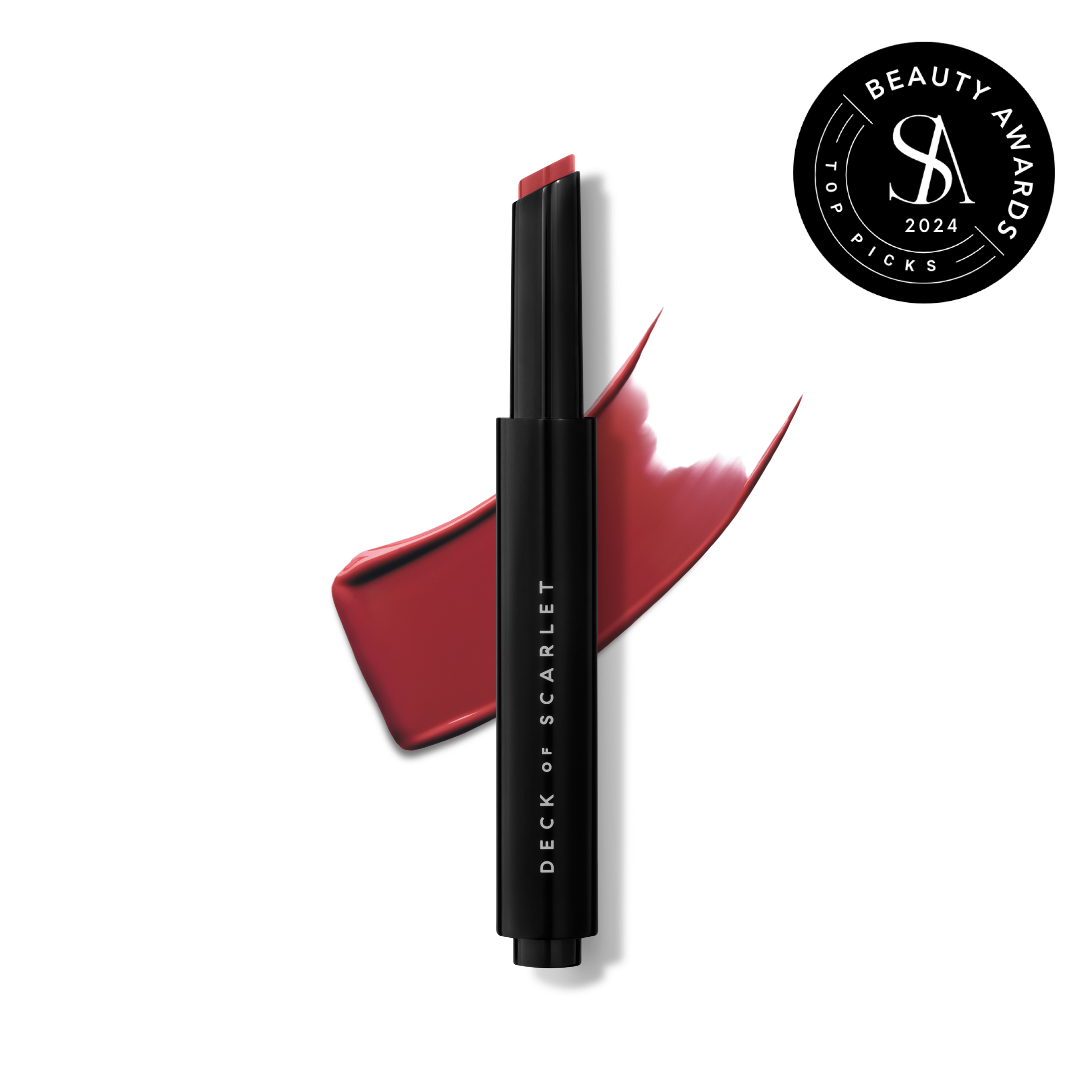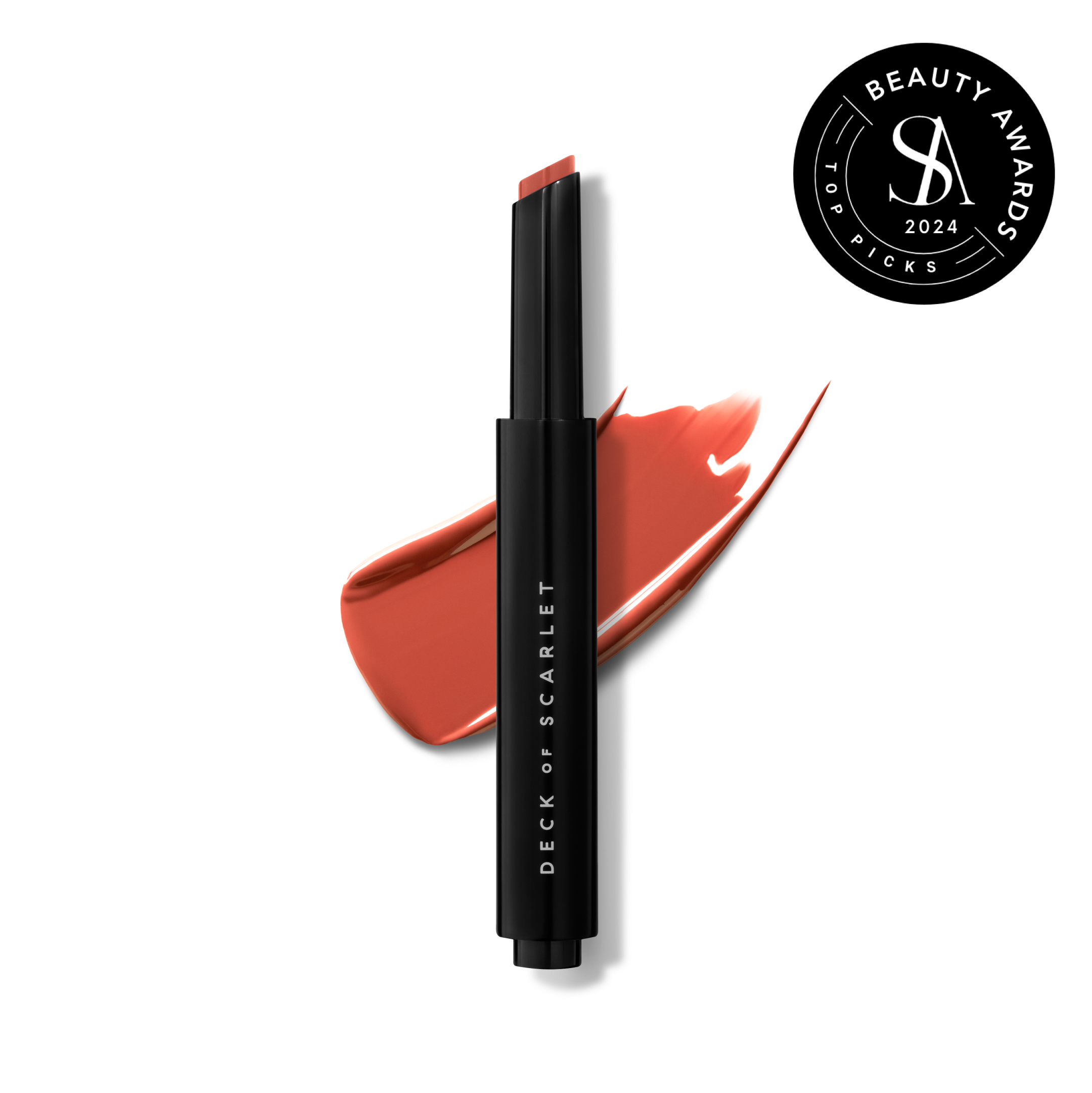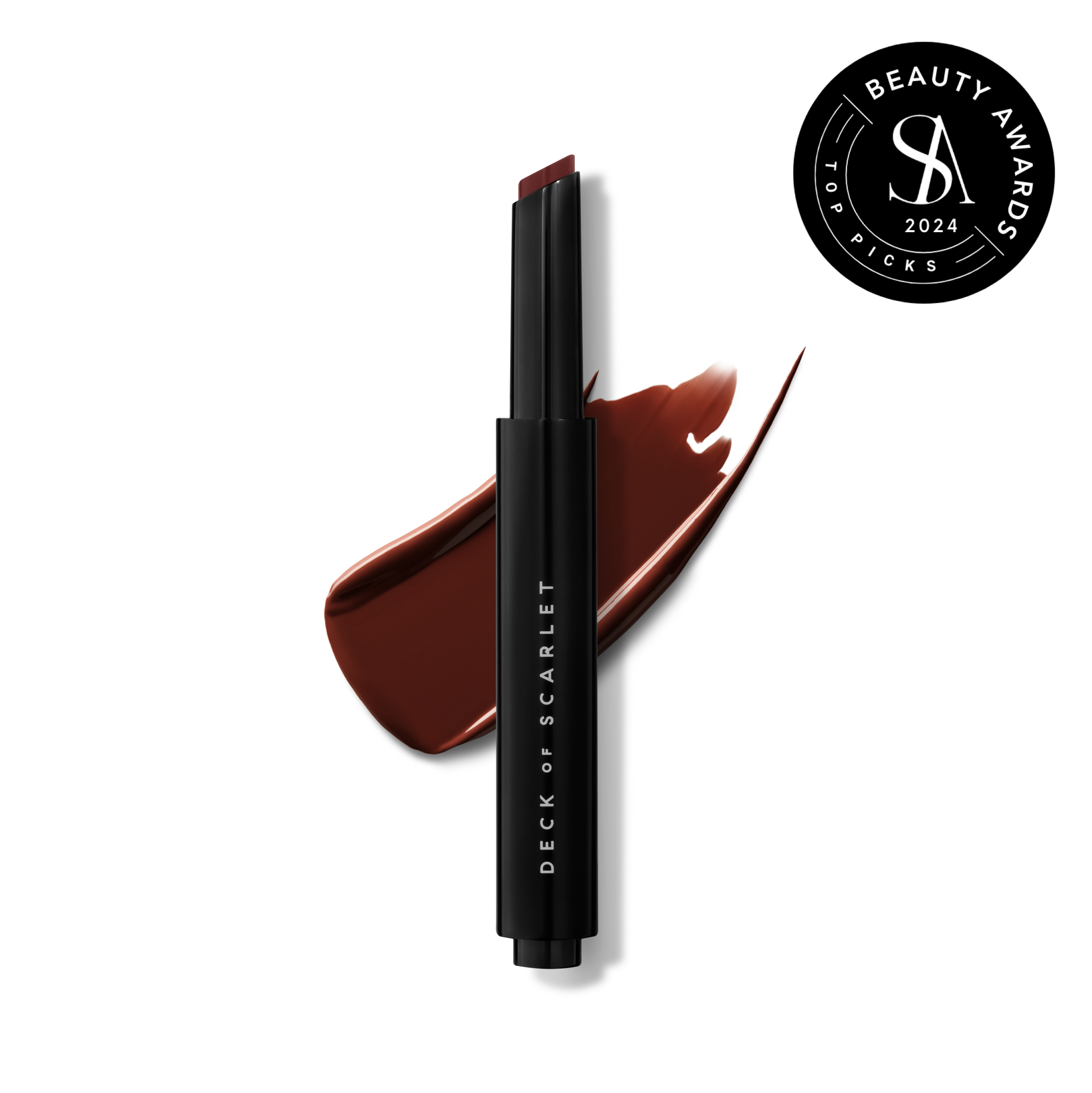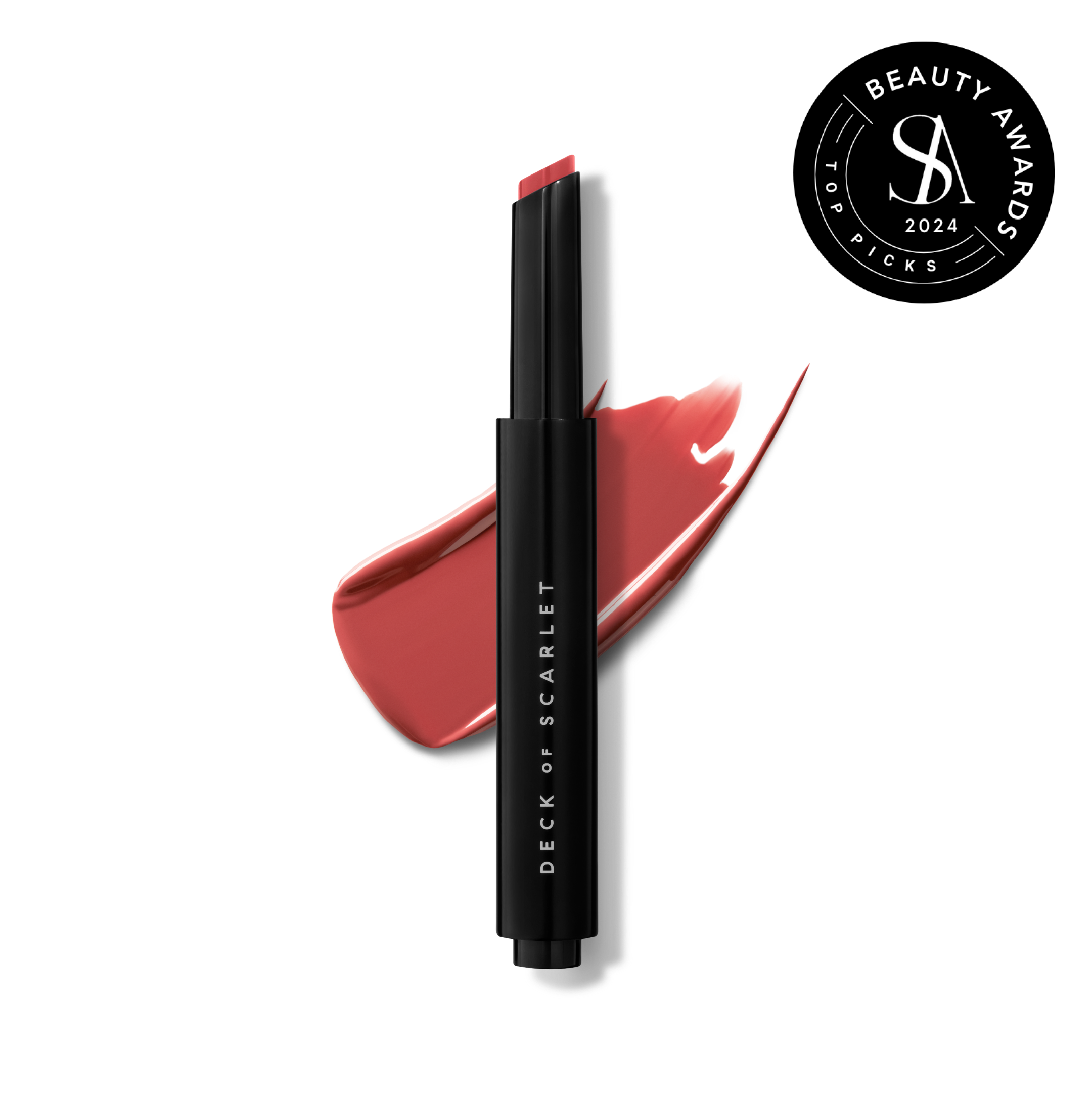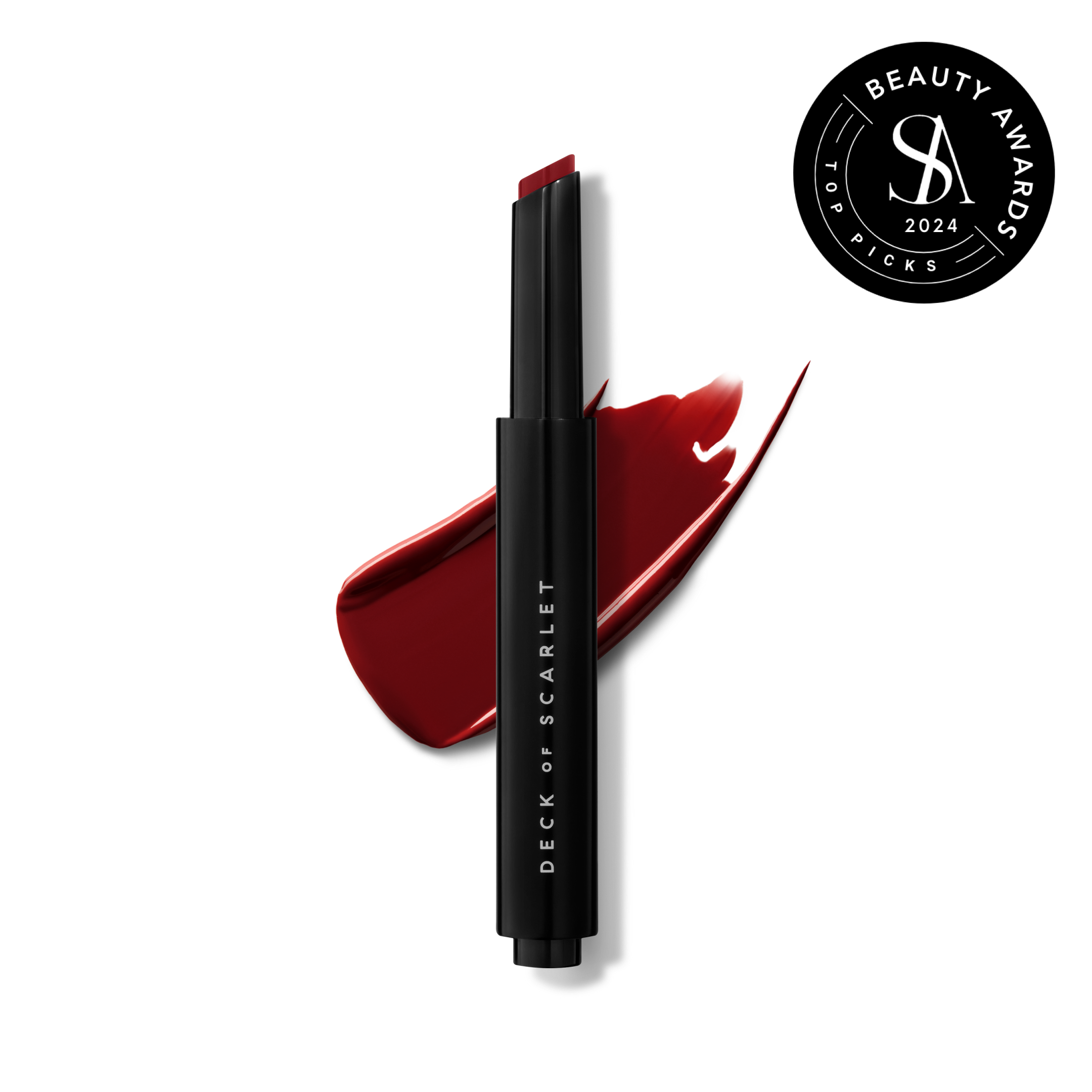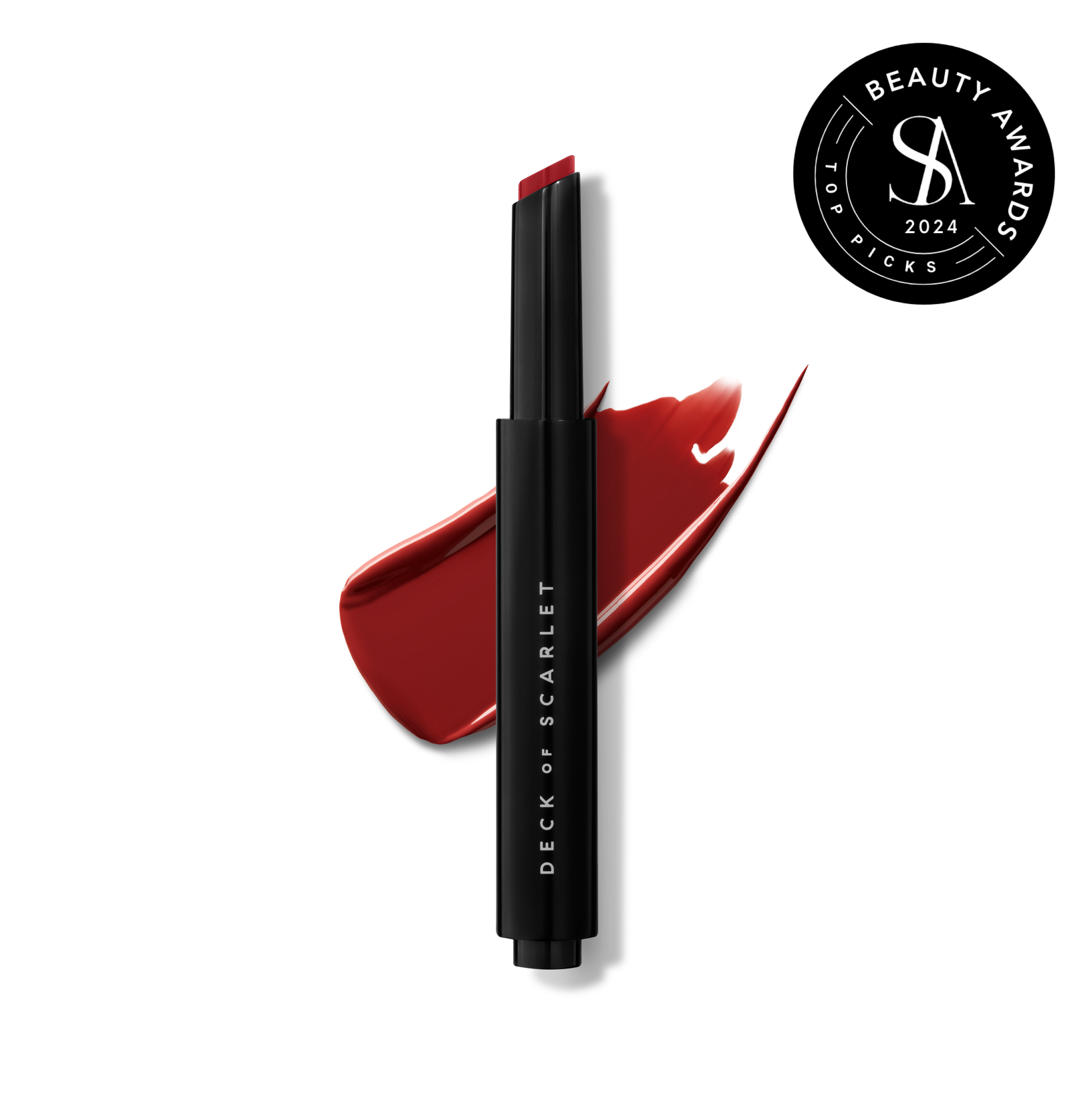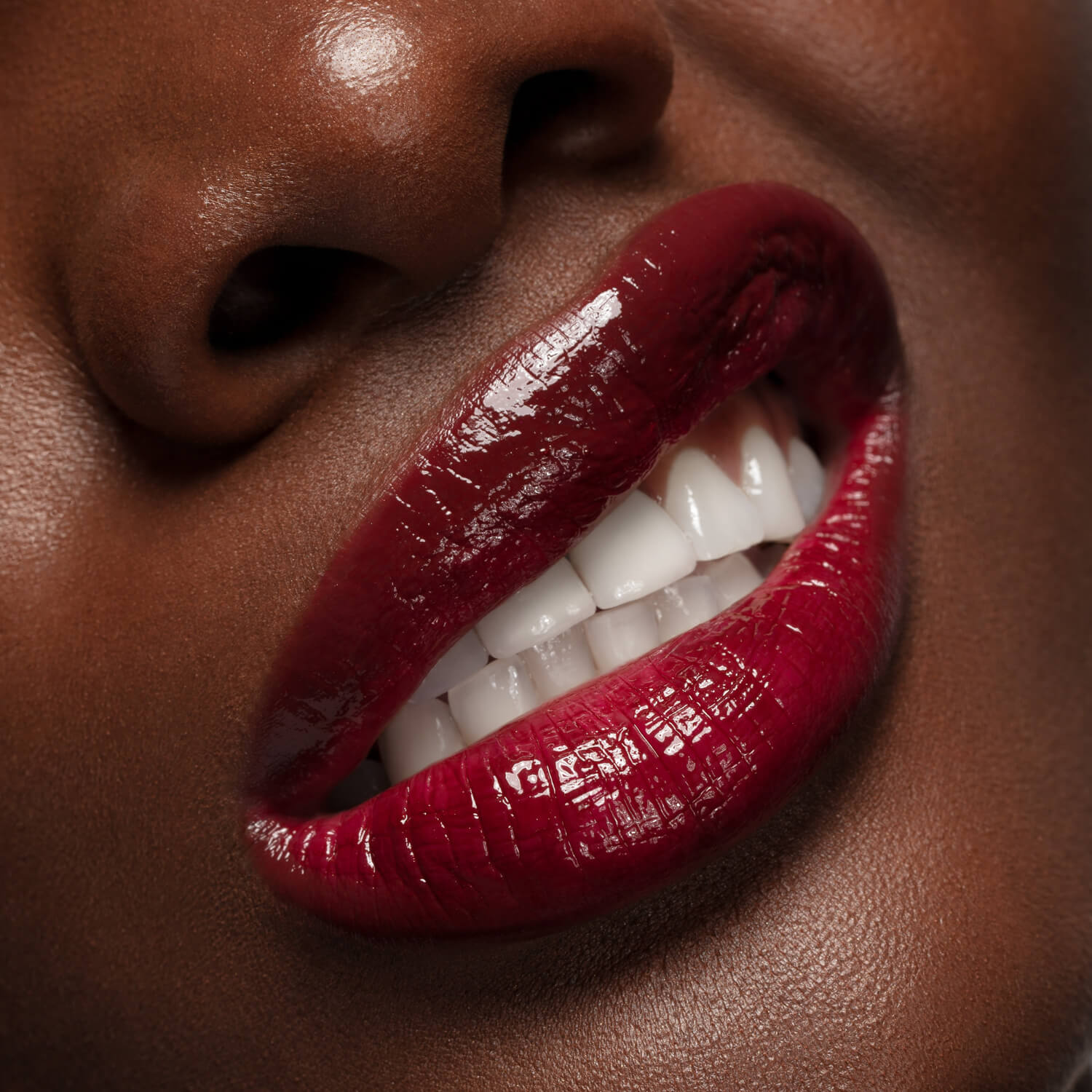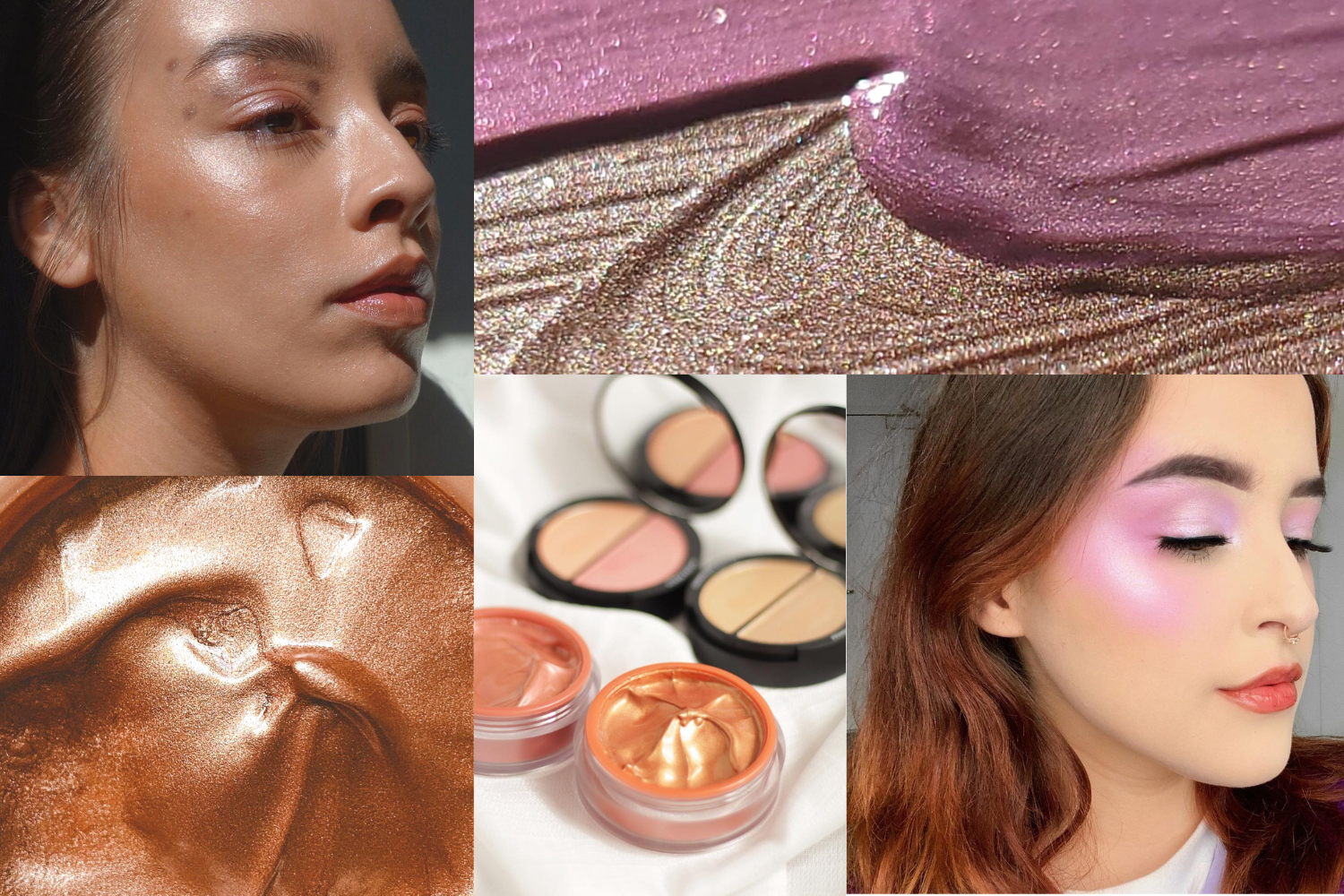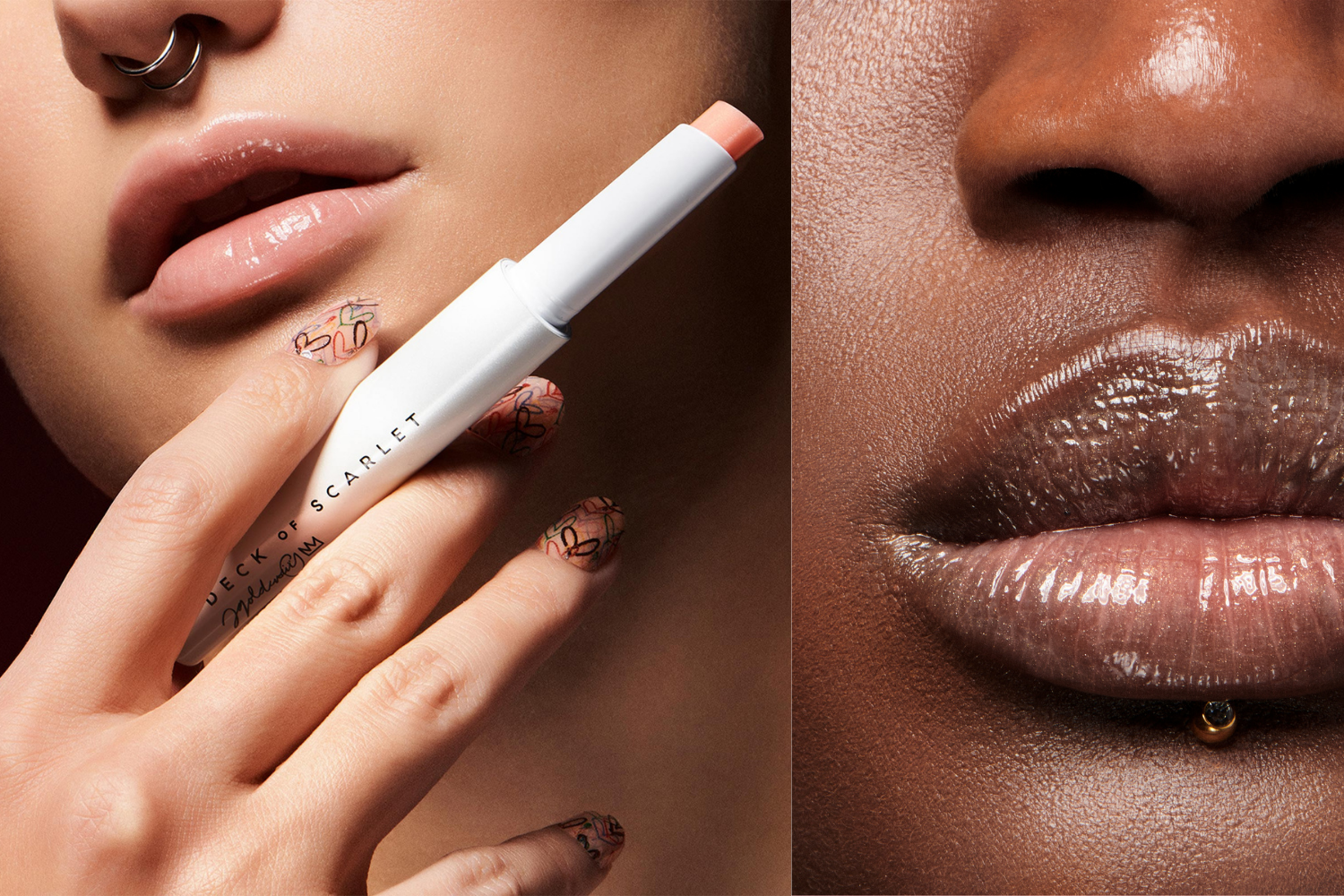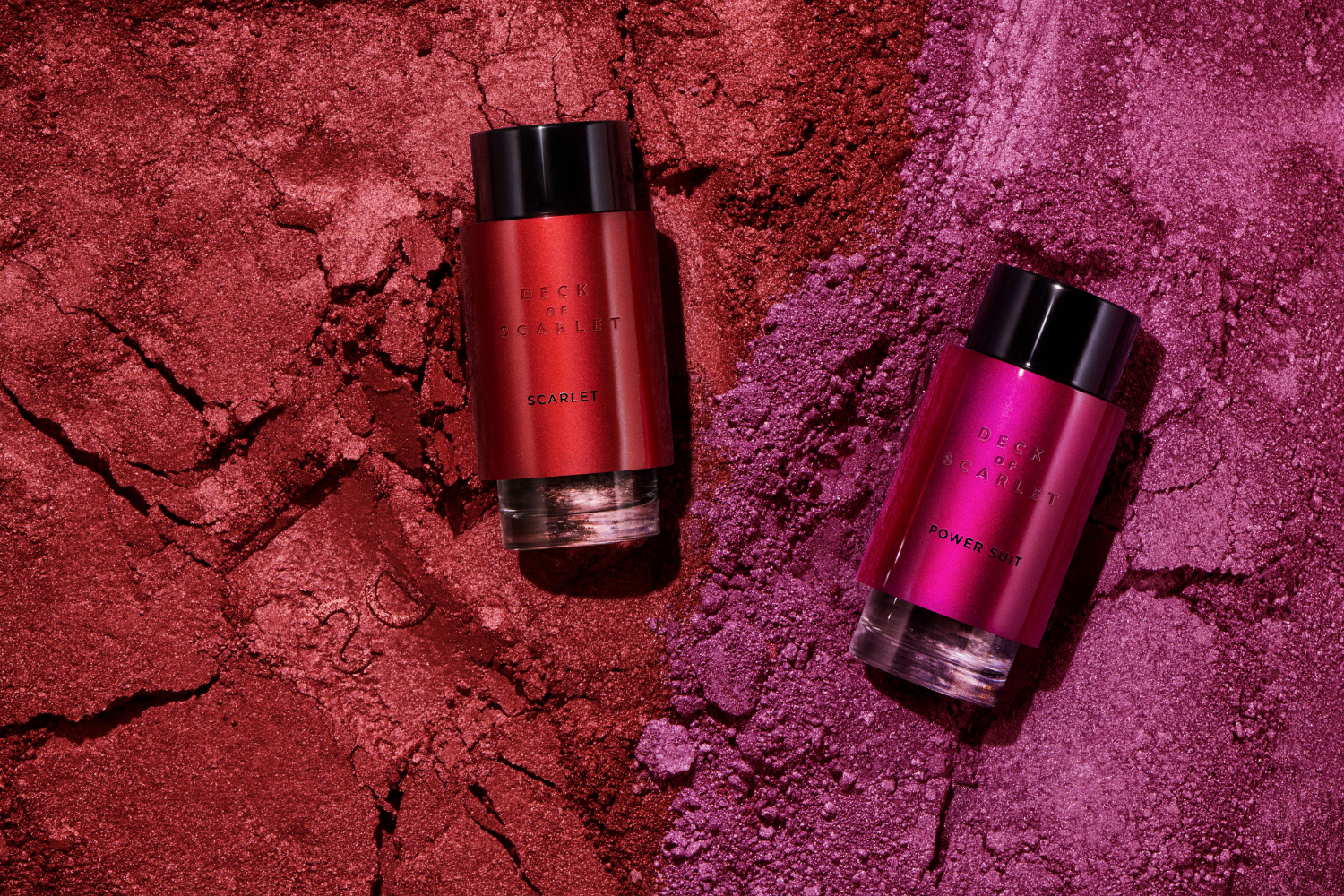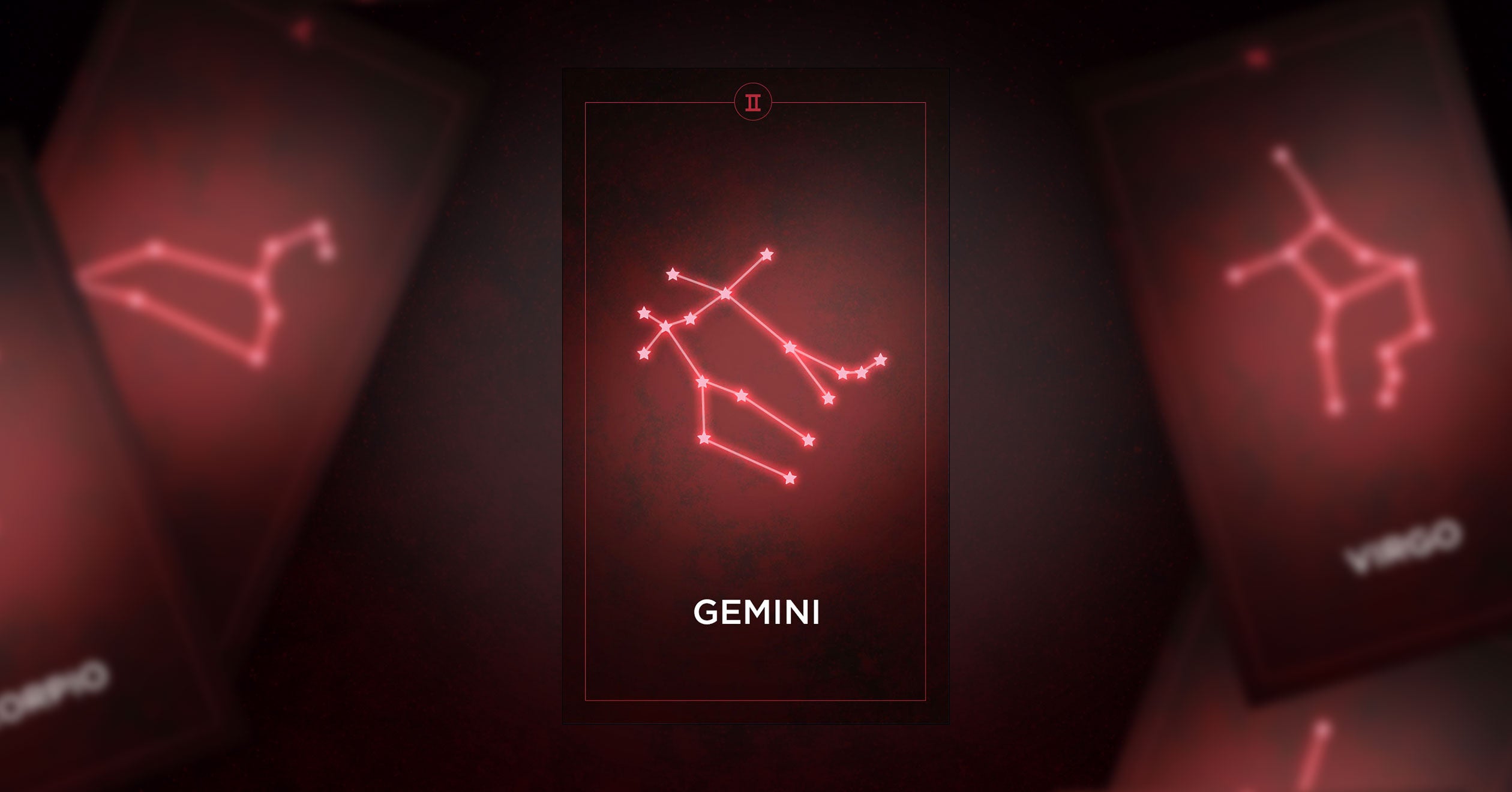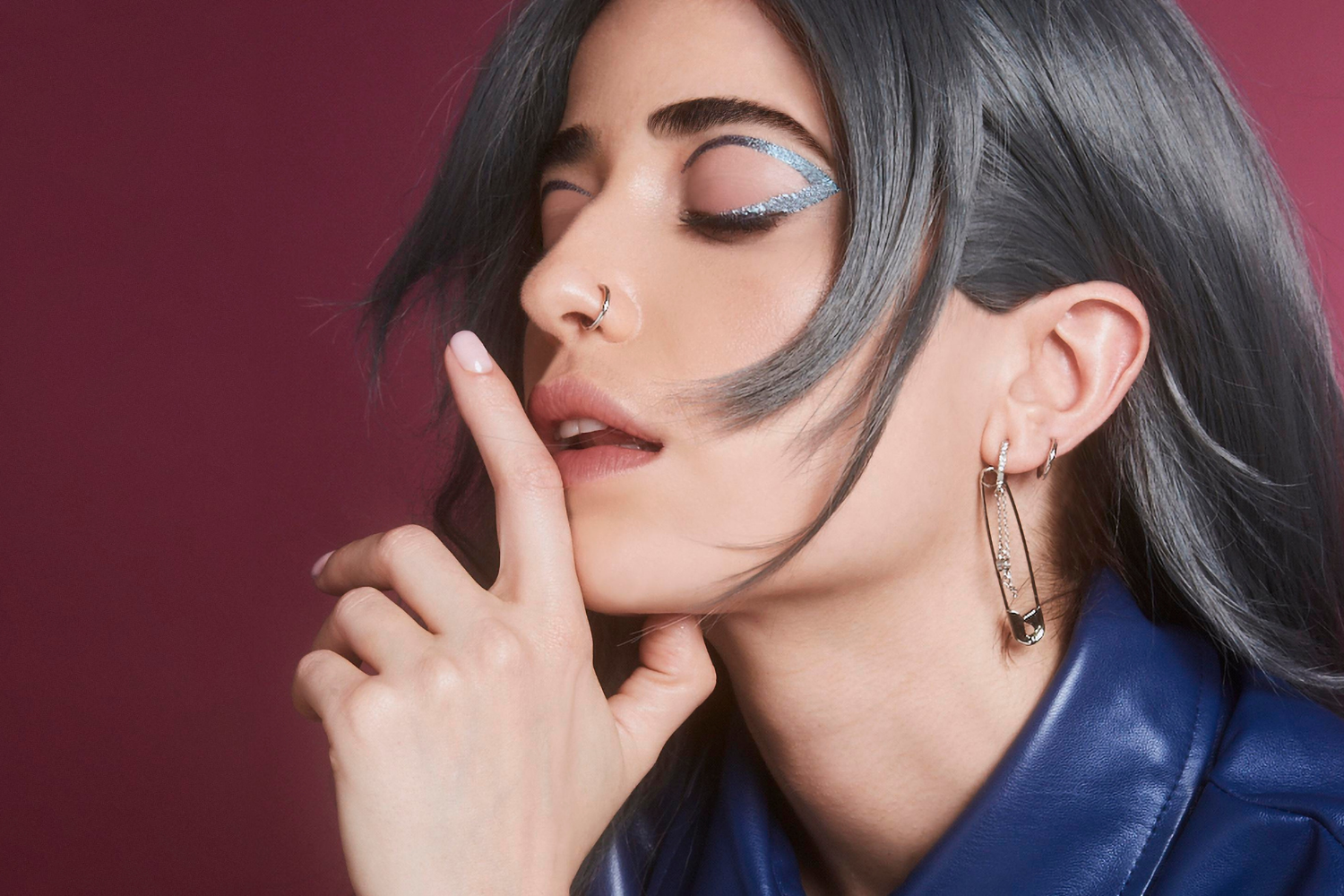CLEAN UP YOUR ACT: How to Tell If You’re Using Clean Makeup
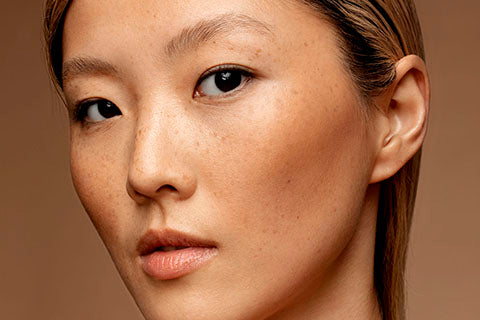

Cue the mixed signals and unclear meanings. Everyone you ask will likely have a different meaning, each one filled with more chaotic energy than the last, and trying to figure out which version of the answer is correct can get downright confusing. That’s why we’re here to set the record straight once and for all. Keep reading to find out how to tell if you have a clean formula, the difference between clean and natural (spoiler alert: it’s a big one), and the tea on synthetic ingredients.
What does it actually mean to have a clean formula?
Unfortunately, the definition of what it means to be clean has yet to be officially established across the beauty industry, and right now, the onus is on each brand to establish what clean means to them. There are, however, a few common themes across the board, one being that a clean formula implies ingredients of non-toxic origins that won’t negatively impact your health. That means nothing that triggers irritation, has been shown to disrupt your endocrine system (which regulates hormones), or has been linked to cancer. Clean formulations do incorporate certain synthetic ingredients, and because synthetics are made in a lab, they have gone through rigorous testing to show that they are safe to use on skin, and won’t trigger an imbalance in your skin’s natural microbiome.
Why does having a clean formula matter?
Do you know how long it takes for the chemicals from your cosmetics and skincare can be absorbed into your bloodstream? 26 seconds. The skin on our face absorbs chemicals at a rate 5 to 10 times higher than when applied to the rest of our bodies, and 60% of the chemicals from your beauty products end up in your bloodstream. Considering that, wouldn’t you be slightly concerned with what goes into your products?
Another horrifying thought that keeps us up at night: The EU has banned over 1,300 chemicals from being used in cosmetics, but the U.S. has only banned 11 of those ingredients. Eleven out of a potential 1,300. Math was not our strongest suit, but that leaves roughly 1,288 possibly dangerous ingredients that U.S. companies are free to use in their formulas without any word from the government. Aside from color additives, cosmetic products and ingredients don’t need to be cleared with the FDA before hitting the market. Because of the FDA’s shocking lack of regulation, it was even more important that we take action and eliminate all questionable ingredients from our formulas. We put the safety of your skin at the very top of our priorities, and while sourcing our ingredients can be one tall order, we’d never consider taking the easy route. You deserve the best, and the best doesn’t include parabens, sulfates, and synthetic fragrances.
Does that mean clean ingredients = natural?
Not exactly. Some natural formulas do fit the criteria to be considered clean, but the terms aren’t mutually exclusive. The terms “organic” or “natural” simply suggest that the ingredient in question is found in nature. While clean formulas do feature ingredients of natural origins, certain synthetic ingredients are also considered clean and are completely safe to use. “Synthetic” isn’t a bad word (though we can think of quite a few others). It simply implies the ingredient was created in a lab, and has usually gone through more thorough testing than a natural ingredient. Not all synthetic ingredients are bad, and in that same vein, not all natural ingredients are good — anyone who has developed an allergic reaction to one can attest to that.
Before we choose to include an ingredient in a Deck of Scarlet product, we put it through rigorous testing and thoroughly vet our formulas to ensure it’s entirely safe. We’ll admit — playing dirty was our signature move back in high school phys ed, but we always keep it clean when it comes to our formulas.
But wait, aren’t chemicals bad for you?
Chemicals in general, no. If they were, then the entire world would be bad for you considering that everything (yes, everything) is made of chemicals. The chemicals in your body, the water you drink, the air around you, and the green juice you picked up in attempt to be healthy are all fine, it’s the chemicals that come from toxic origins you have to watch out for. Considering that the skin on your face absorbs more than half the chemicals in a product 5 to 10 times faster than on the rest of your body (remember that stat?), we take every ingredient seriously and take extra care to ensure the elements we use won’t harm your cells and organs.
How can I tell if I’m using a clean formula?
If a product eliminates parabens, sulfates, and the banned ingredients from the FDA’s list, it’s usually on the right track. Just like you research your Tinder dates before agreeing to meet up (no serial killers, thanks), we advise you to research any unfamiliar ingredients in a formula before committing to buy it. The last thing you want to do in either situation is take a potentially problematic item home.
The fact is, the clean category isn’t heavily regulated at the moment, and industry-wide definitions of what it means to be clean are still being established. That’s why it’s important for us to be our own advocates, and educate ourselves on the formulas we decide to use. Make sure a product aligns with the guidelines you set for yourself. Boundaries are real, and anything — person, product, or otherwise — that doesn’t respect the ones you set may as well be toxic.
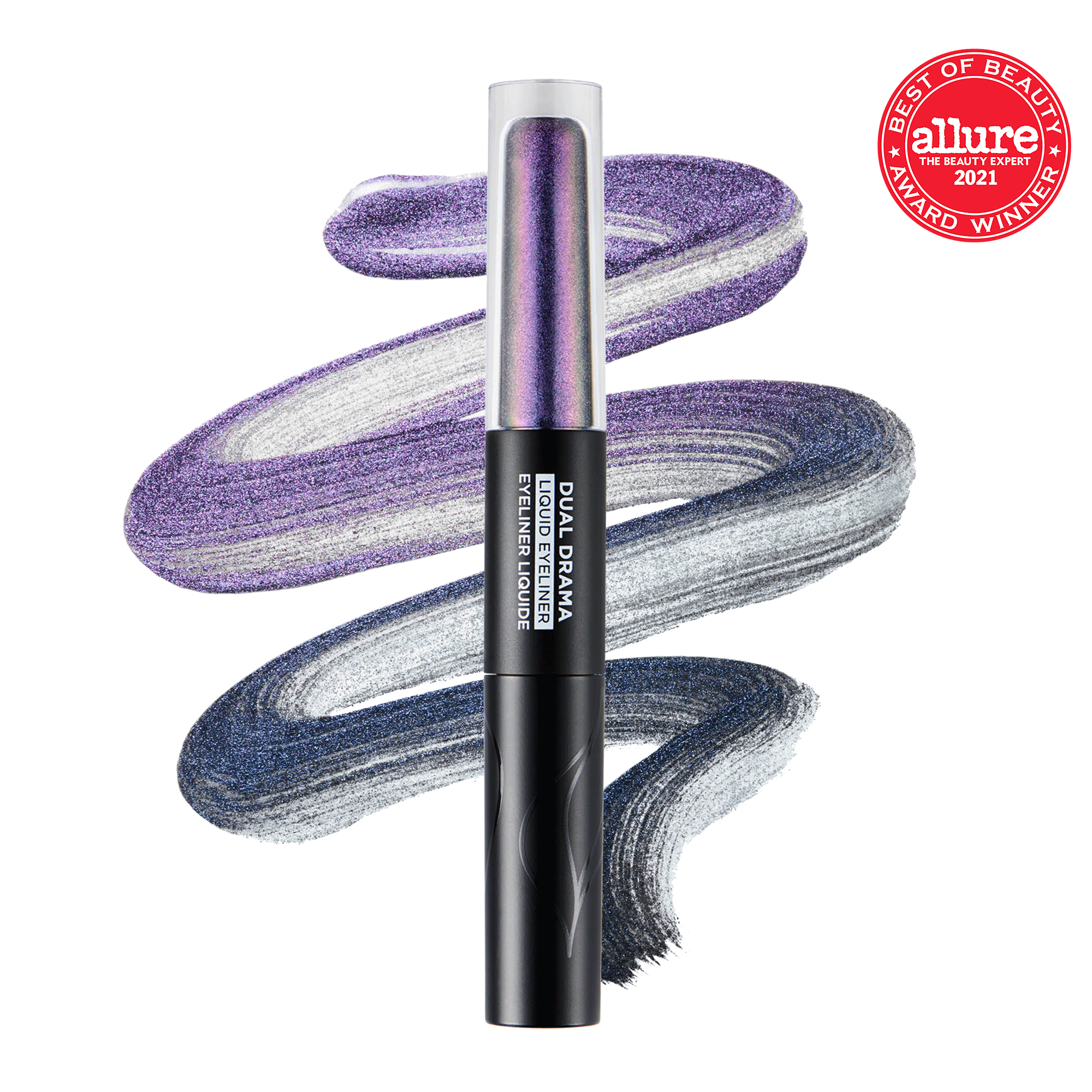
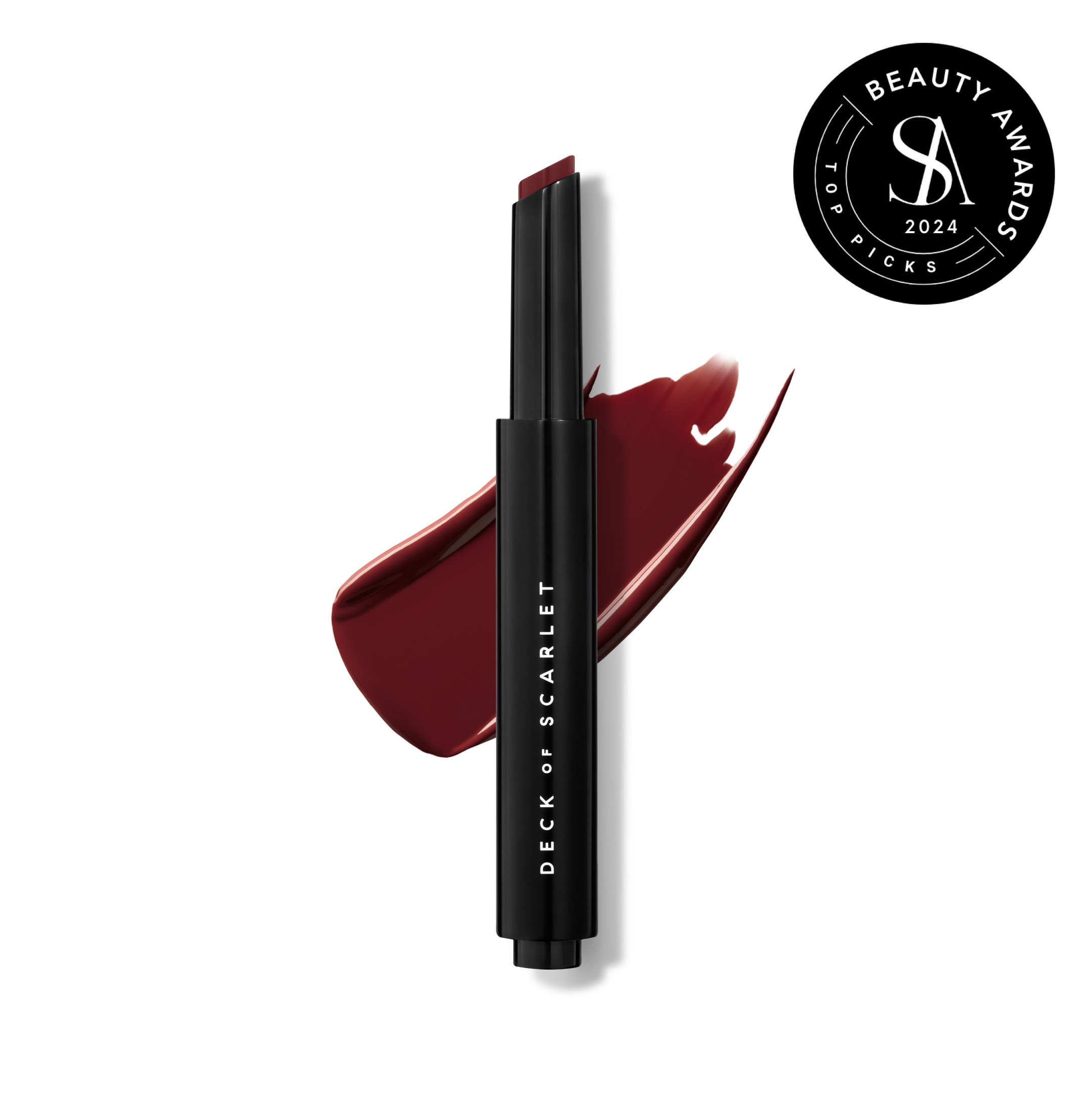
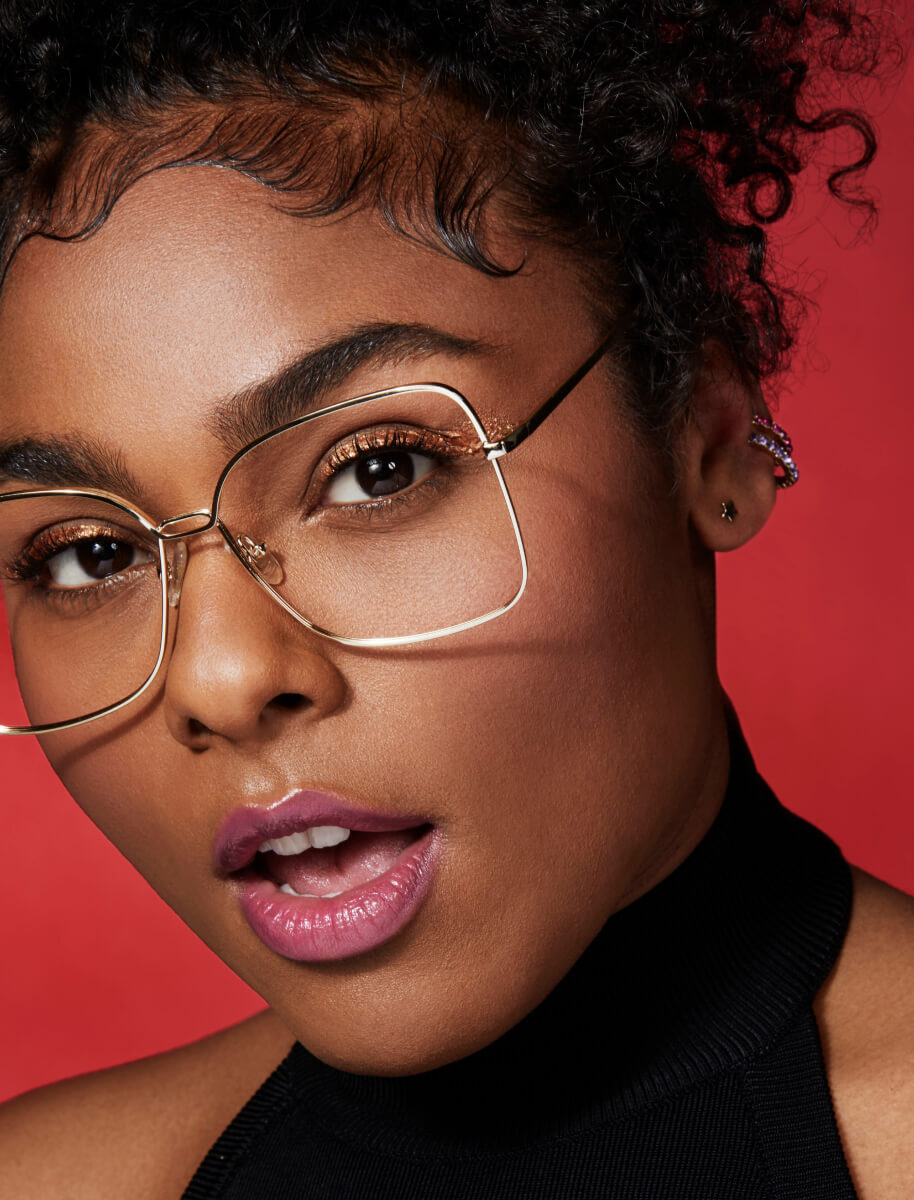
![MAUVE MINX [color]#A44E5C[/color]](http://www.deckofscarlet.com/cdn/shop/files/Mauve_Minx_swatch.png?v=1725032298)
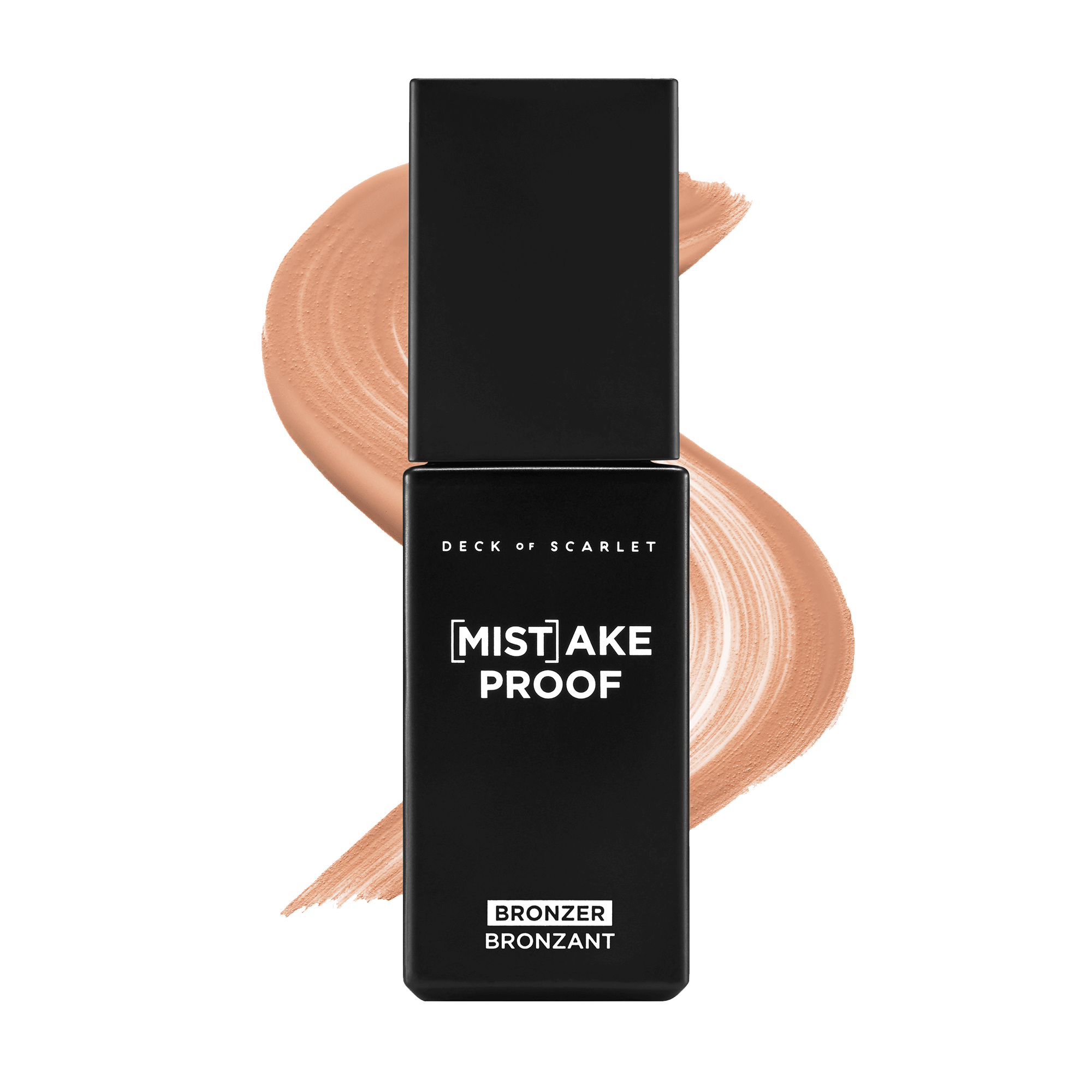
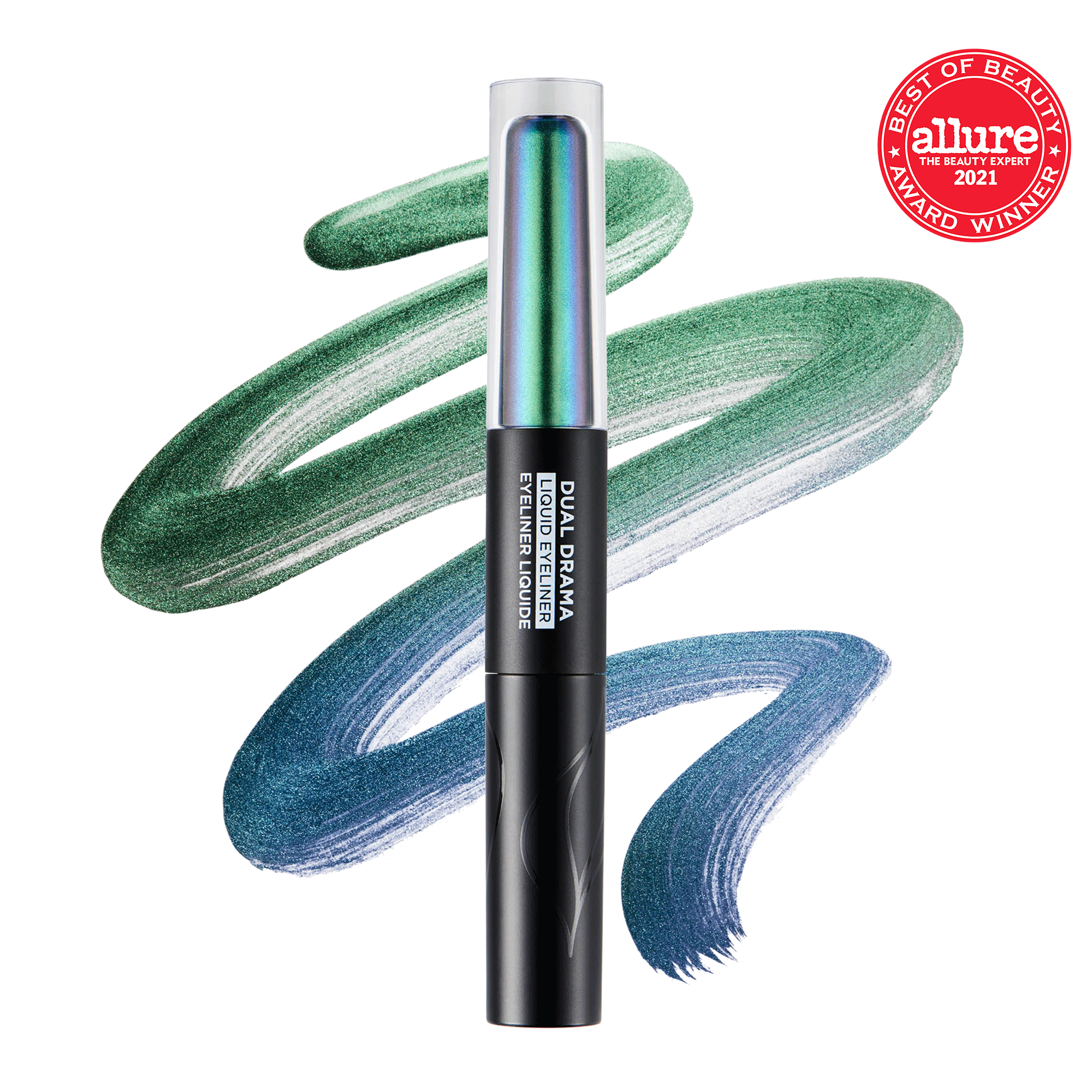
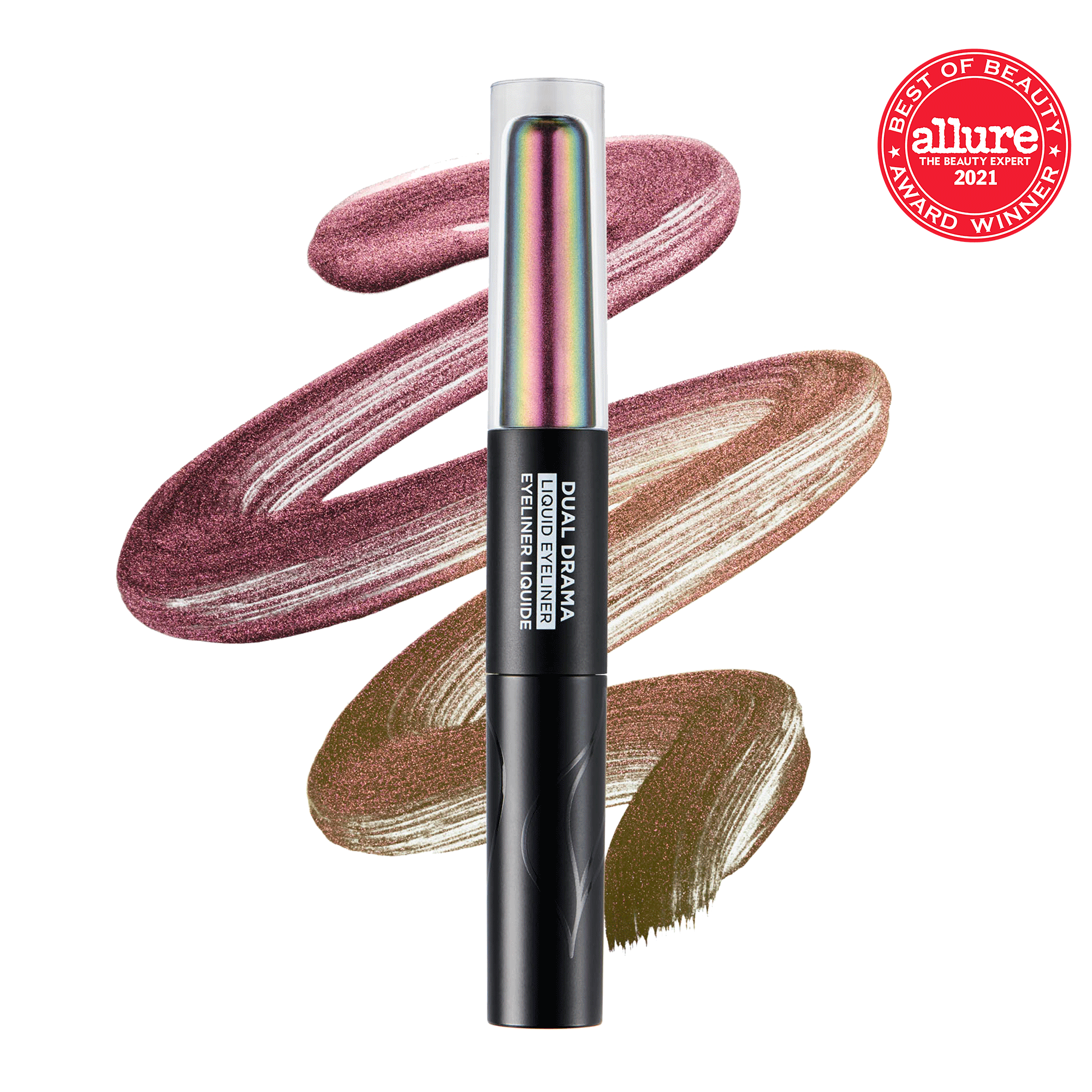
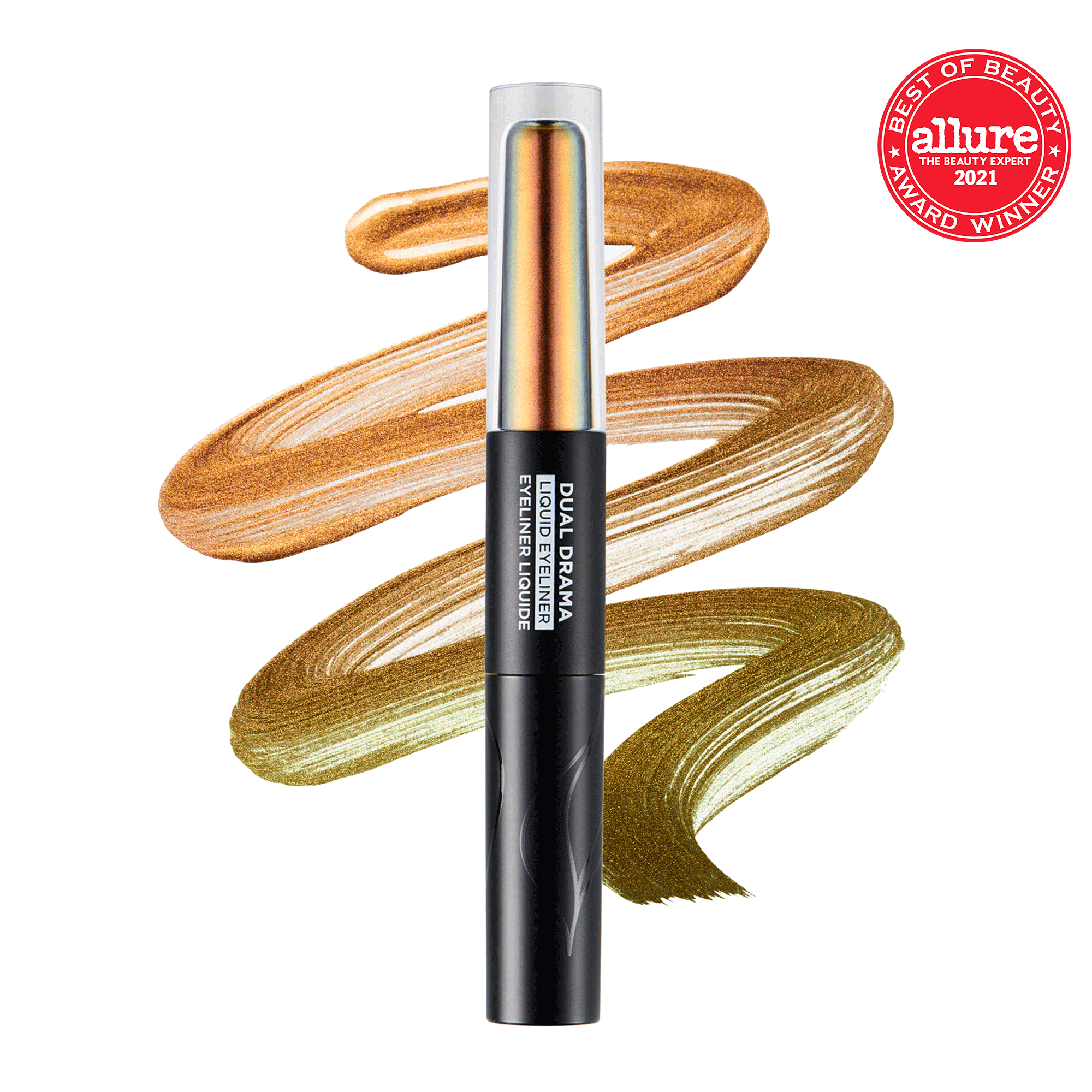
![COSMIC RAYS [color] #8378BE,#3B4A69[/color]](http://www.deckofscarlet.com/cdn/shop/products/dos-dual-drama-liquid-eyeliner-cosmic-rays-2.jpg?v=1680100711)
![ROSE GODDESS [color]#D0175A[/color]](http://www.deckofscarlet.com/cdn/shop/files/Rose_Goddess_swatch.png?v=1725032322)
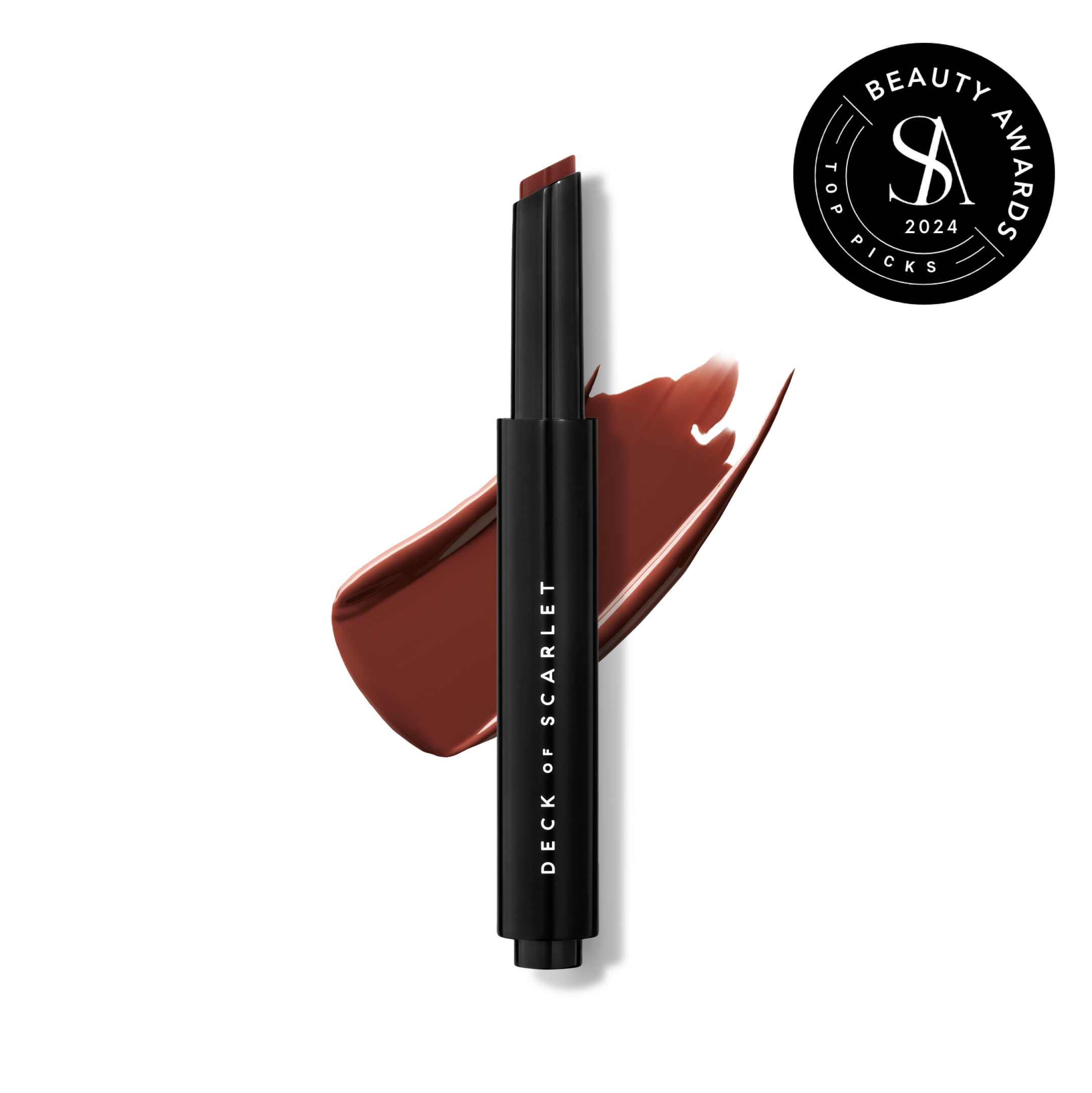
![MERLOT MOVES [color]#88163A[/color]](http://www.deckofscarlet.com/cdn/shop/files/Merlot_Moves_swatch.png?v=1725032373)
![NUDE AMBITION [color]#BC6E59[/color]](http://www.deckofscarlet.com/cdn/shop/files/Nude_Ambition_swatch.png?v=1725032357)
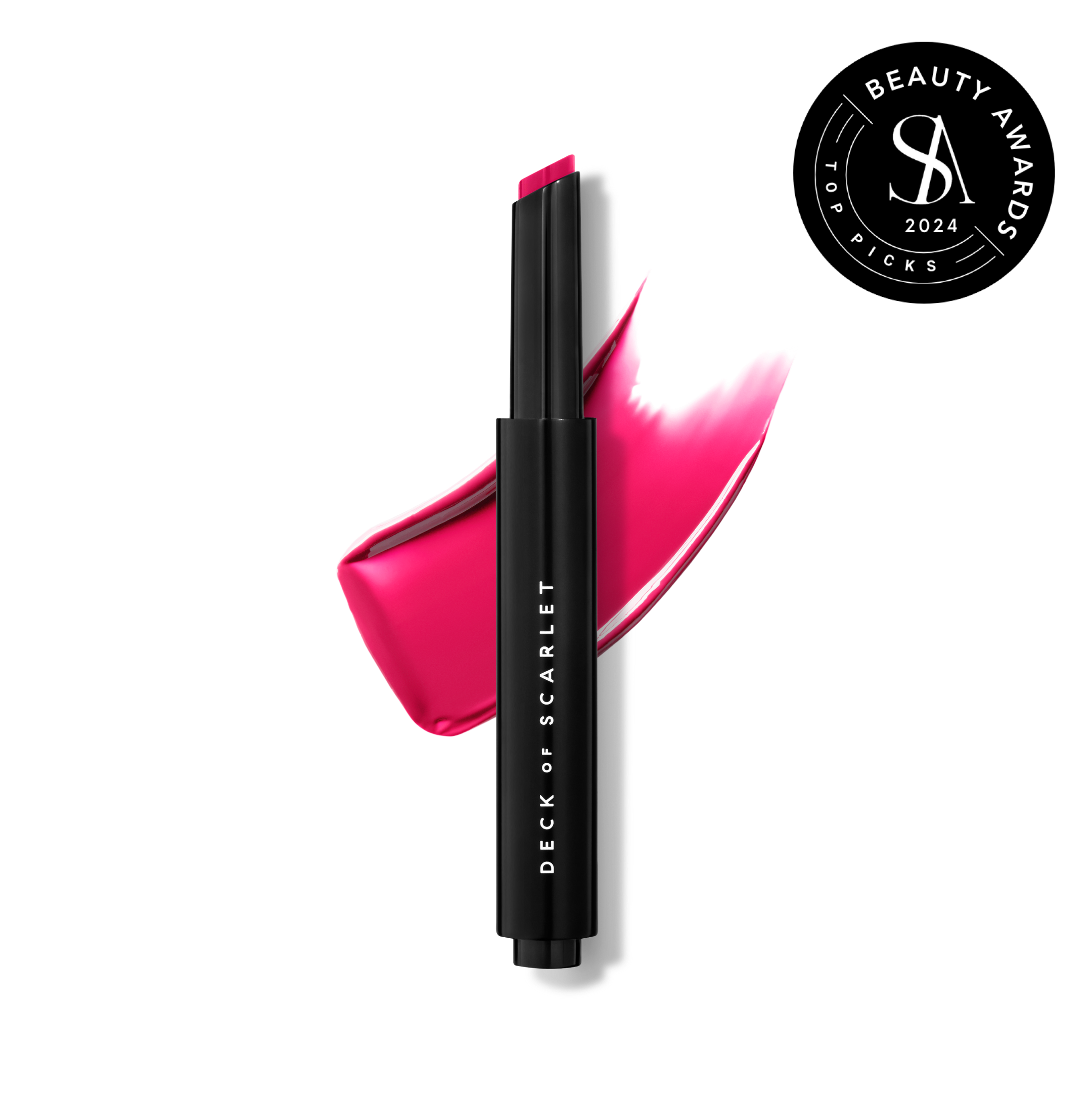
![GUAVA SUNRISE [color]#EF465D[/color]](http://www.deckofscarlet.com/cdn/shop/files/Guava_Sunrise_swatch.png?v=1725032481)
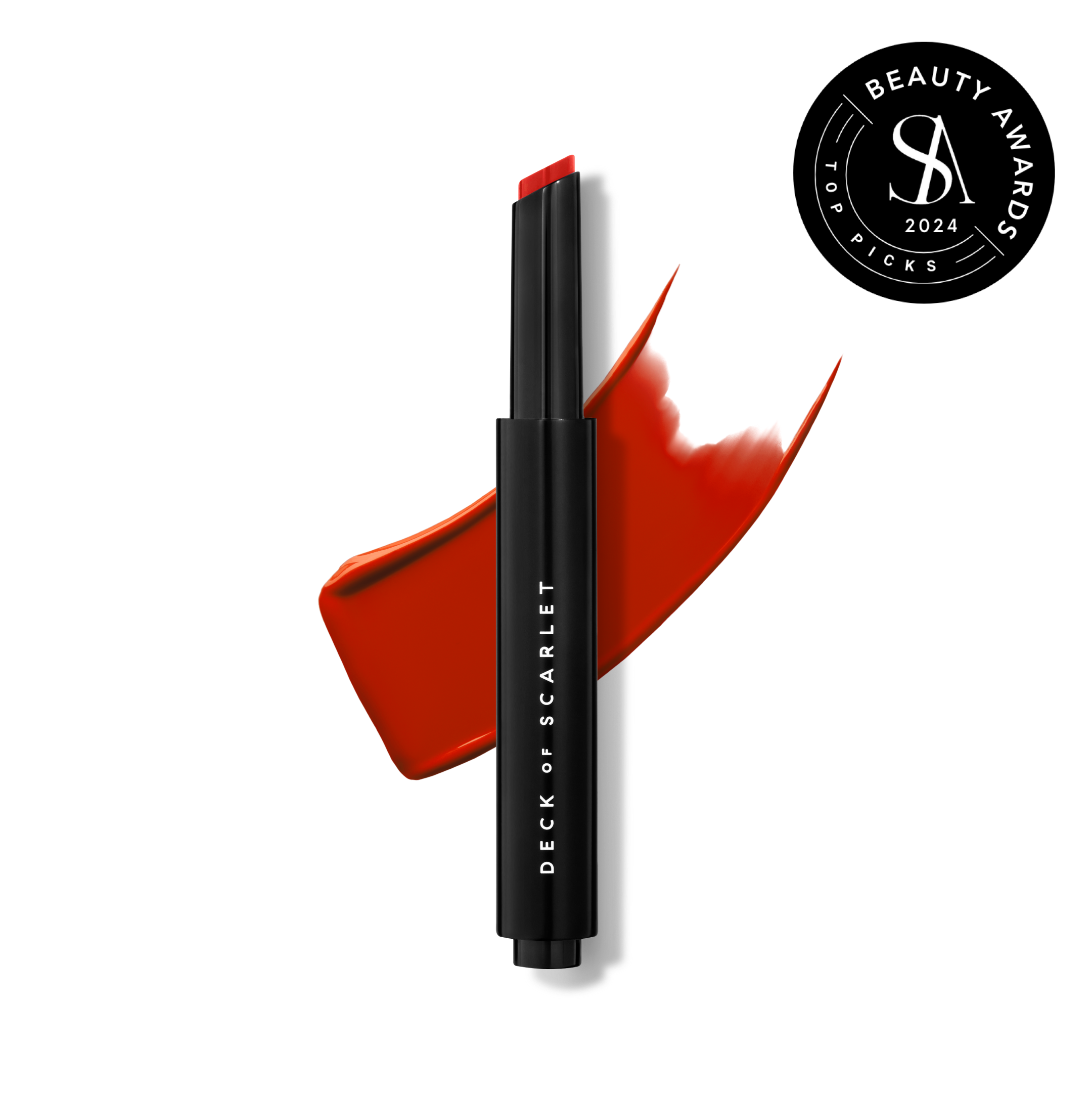
![PURPLE REIGN [color]#602855[/color]](http://www.deckofscarlet.com/cdn/shop/files/Purple_Reign_swatch.png?v=1725032421)
![PEACH SANDS [color]#C6473D[/color]](http://www.deckofscarlet.com/cdn/shop/files/Peach_Sand_swatch.png?v=1725032434)
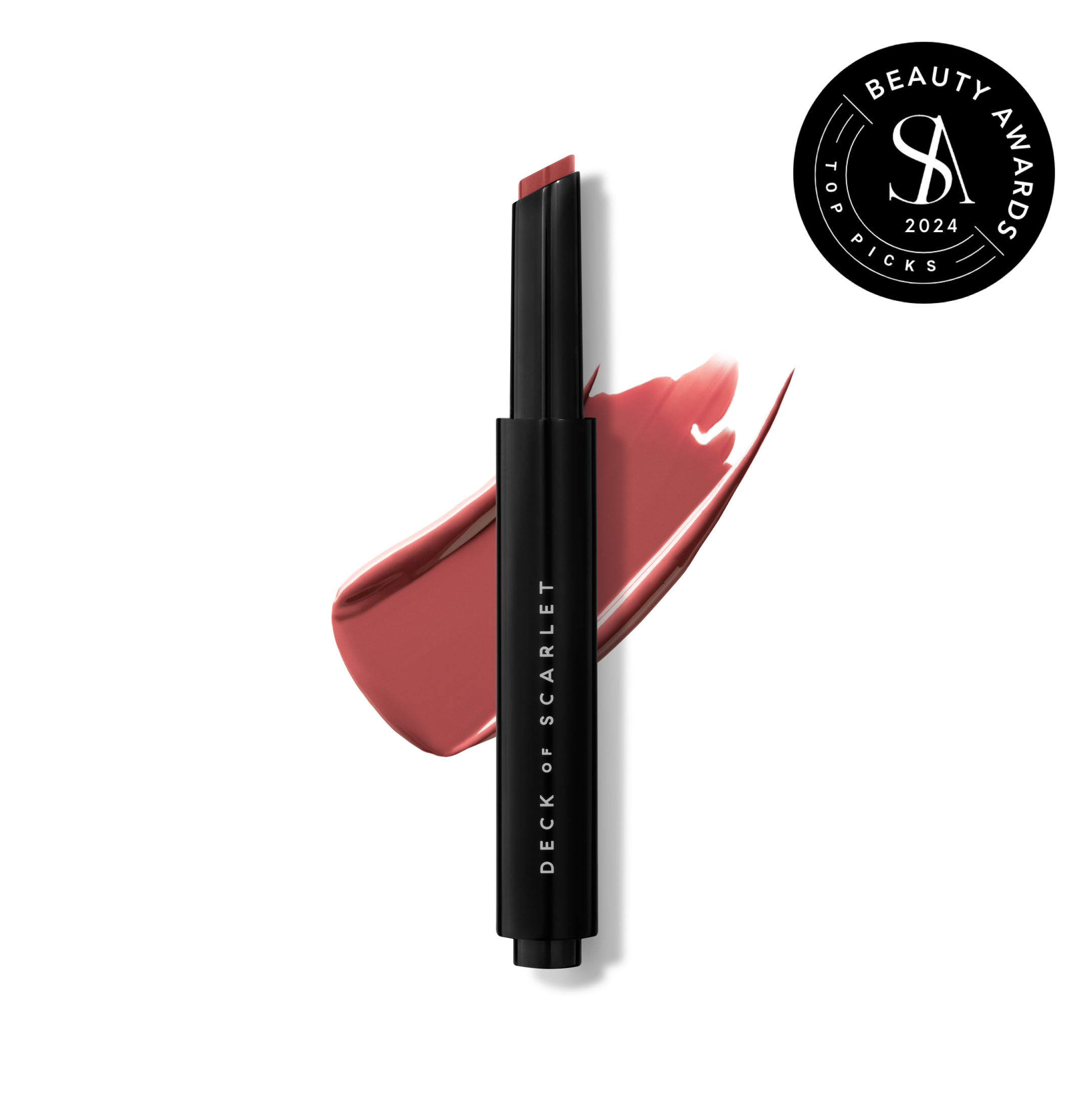
![SCARLET PASSION [color]#CE202F[/color]](http://www.deckofscarlet.com/cdn/shop/files/Scarlet_Passion_swatch.png?v=1725032405)
